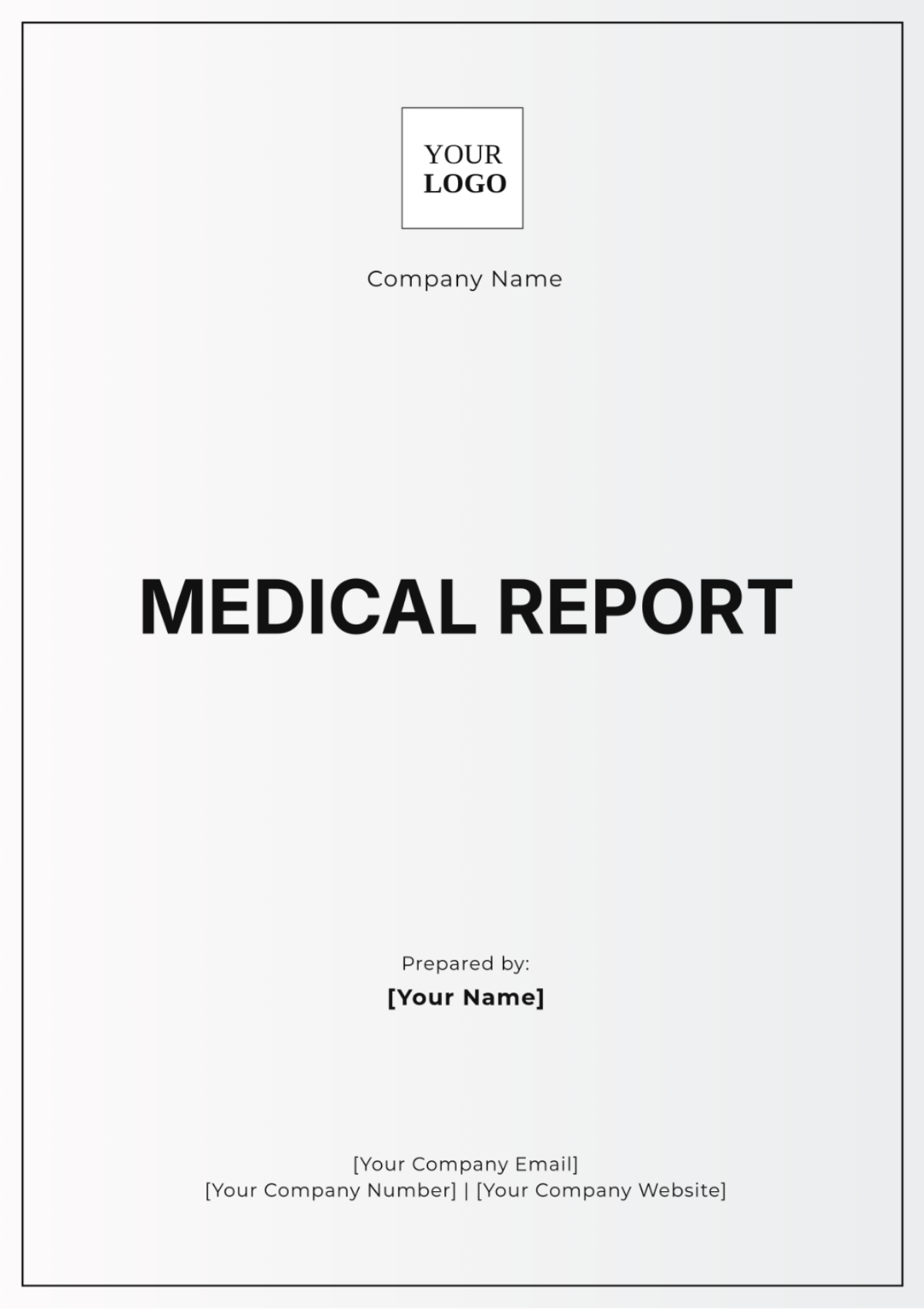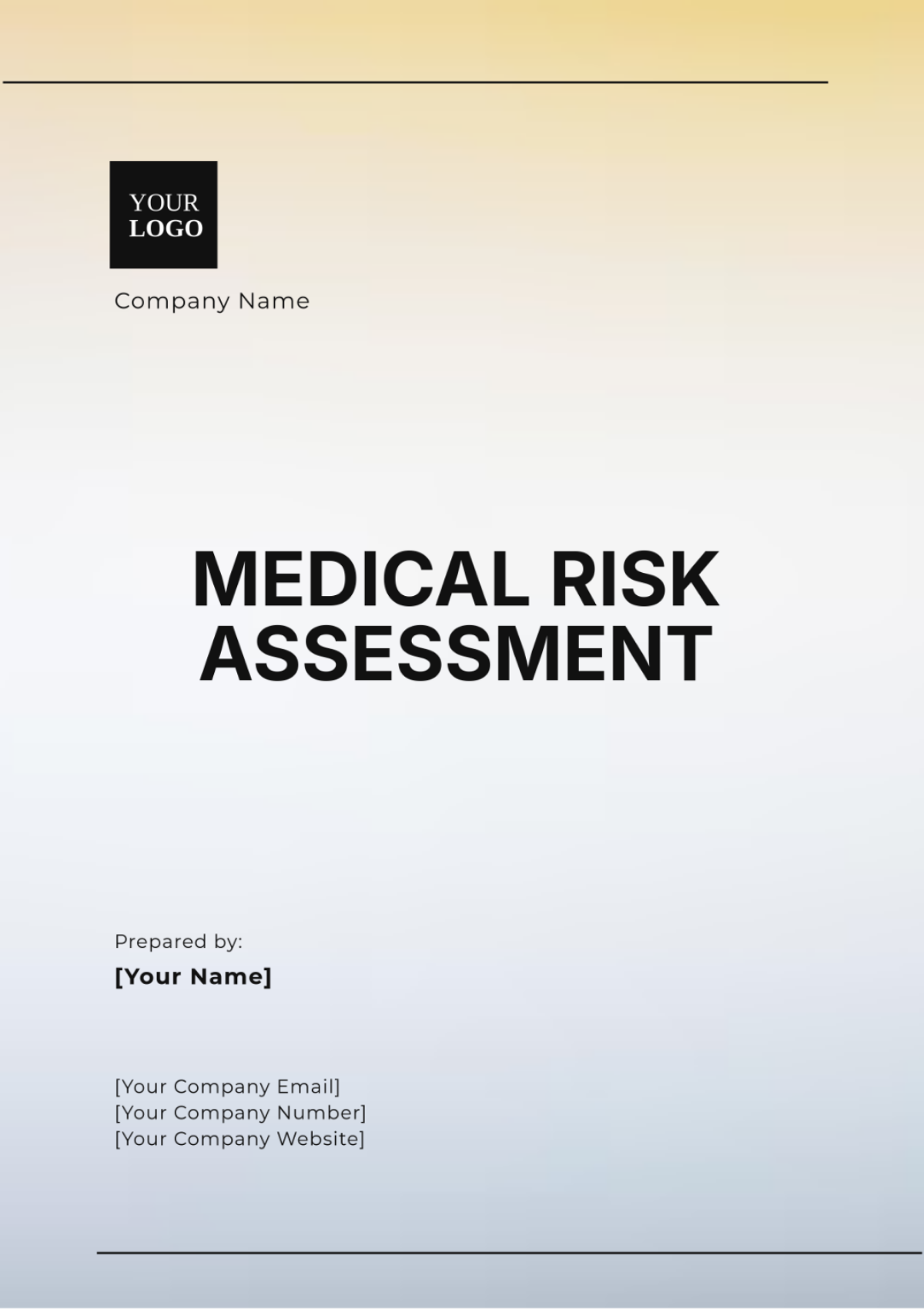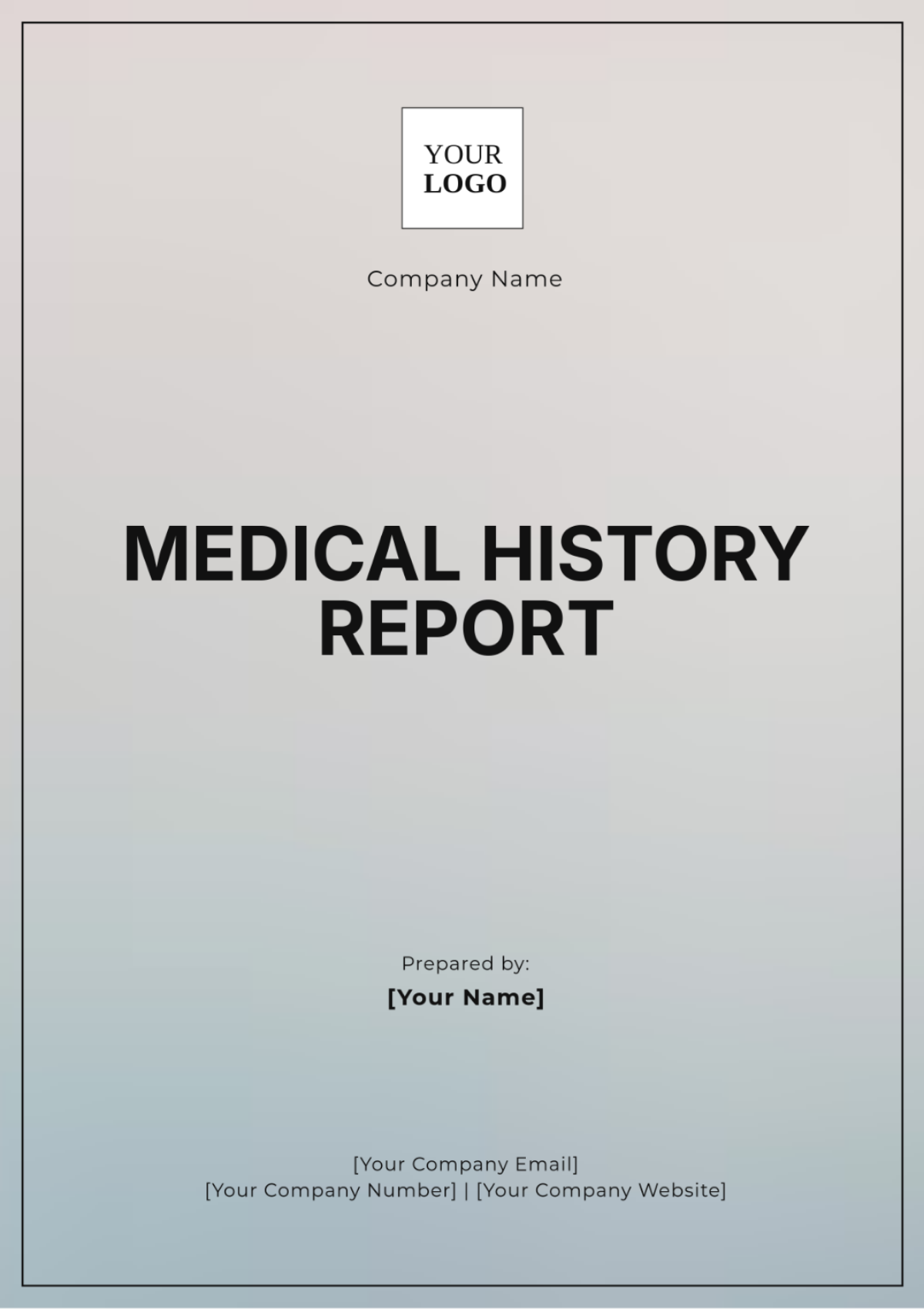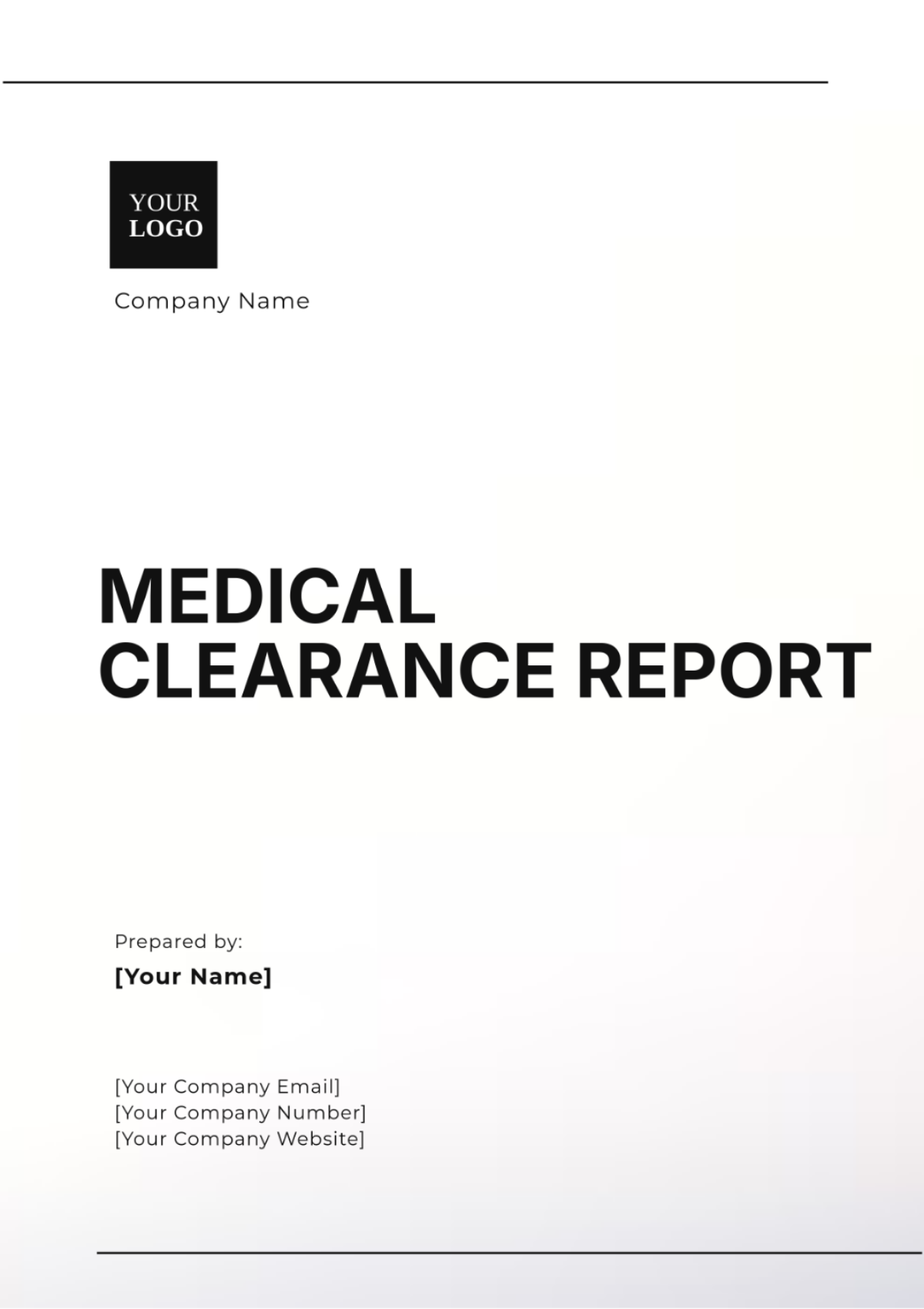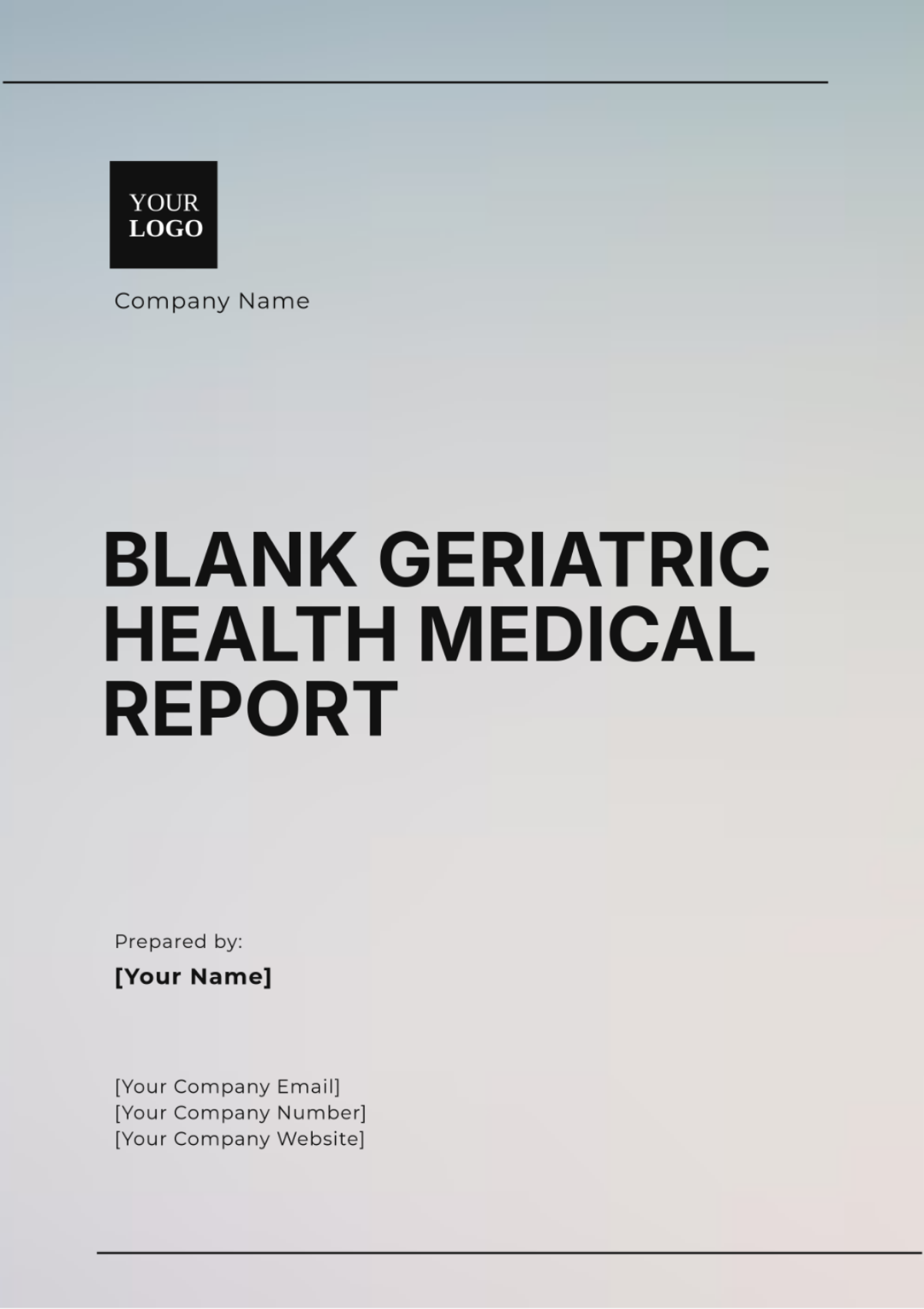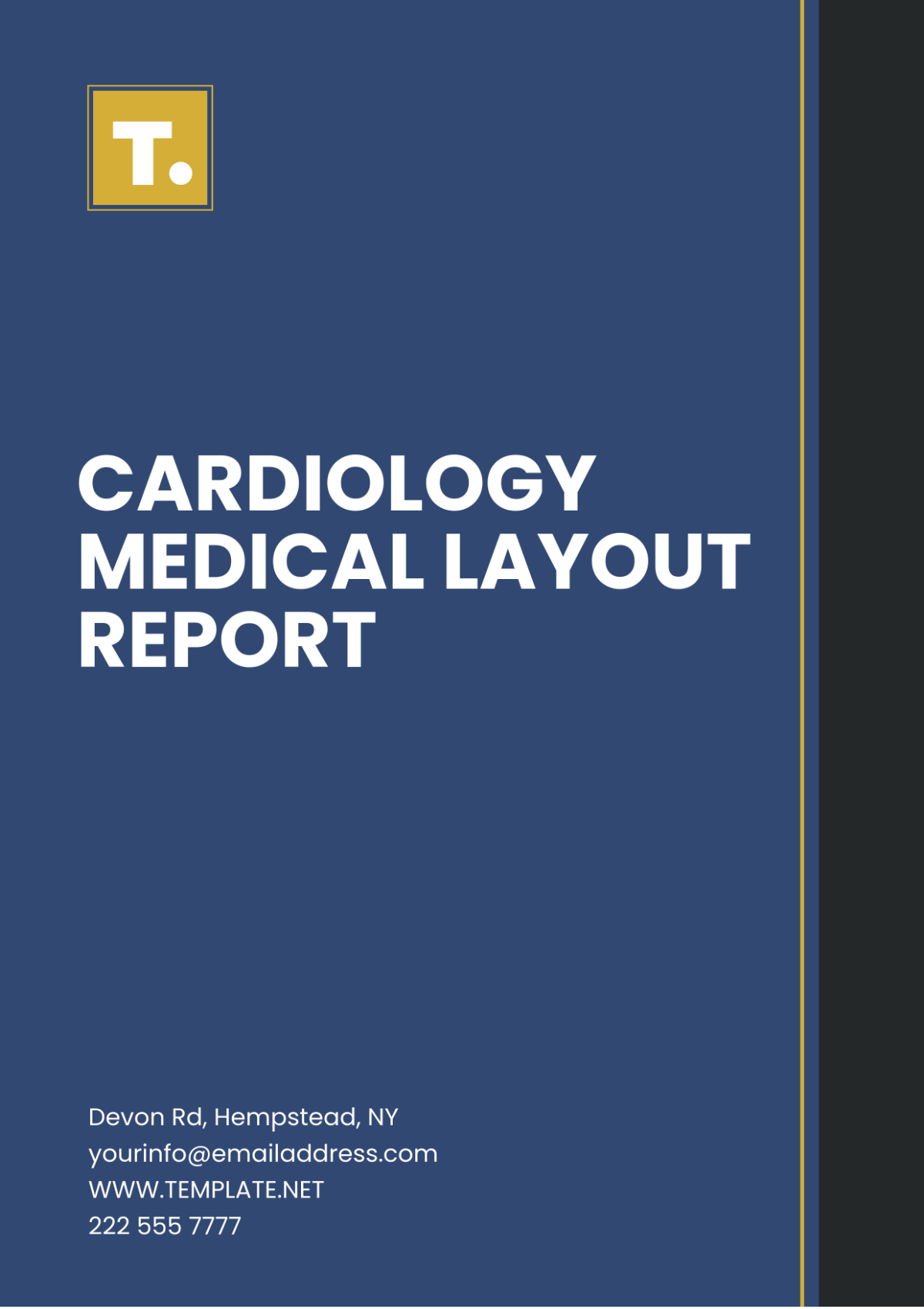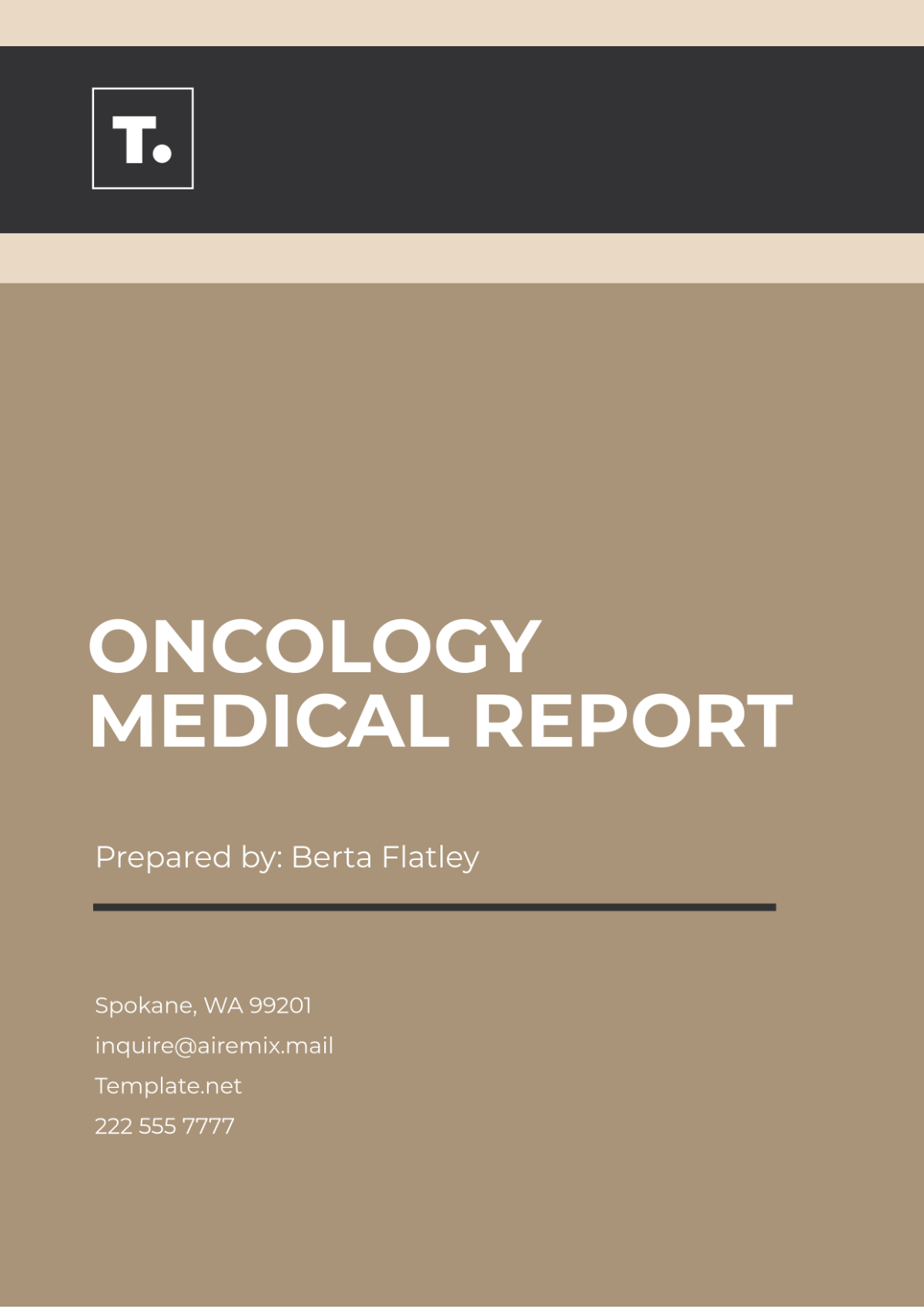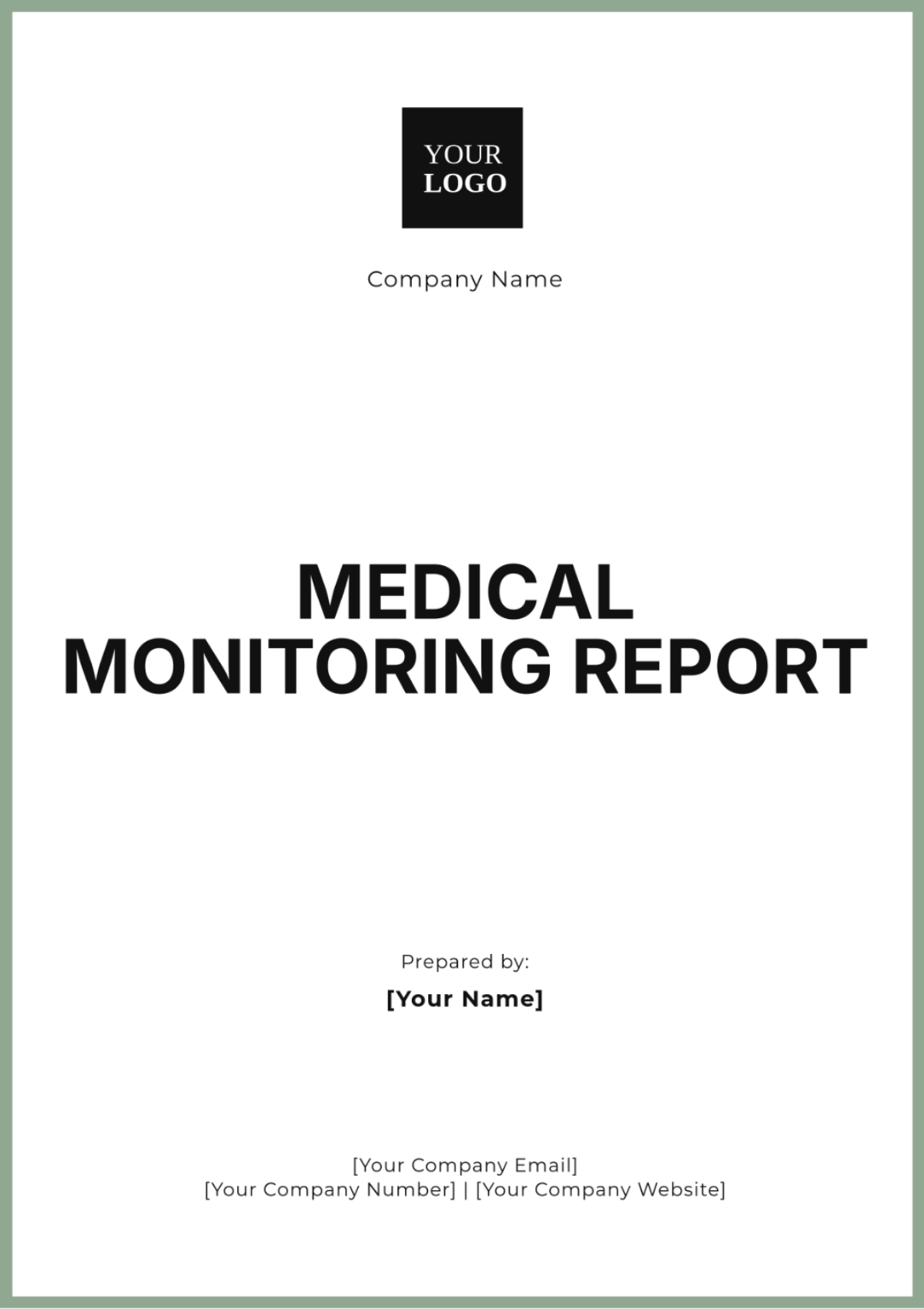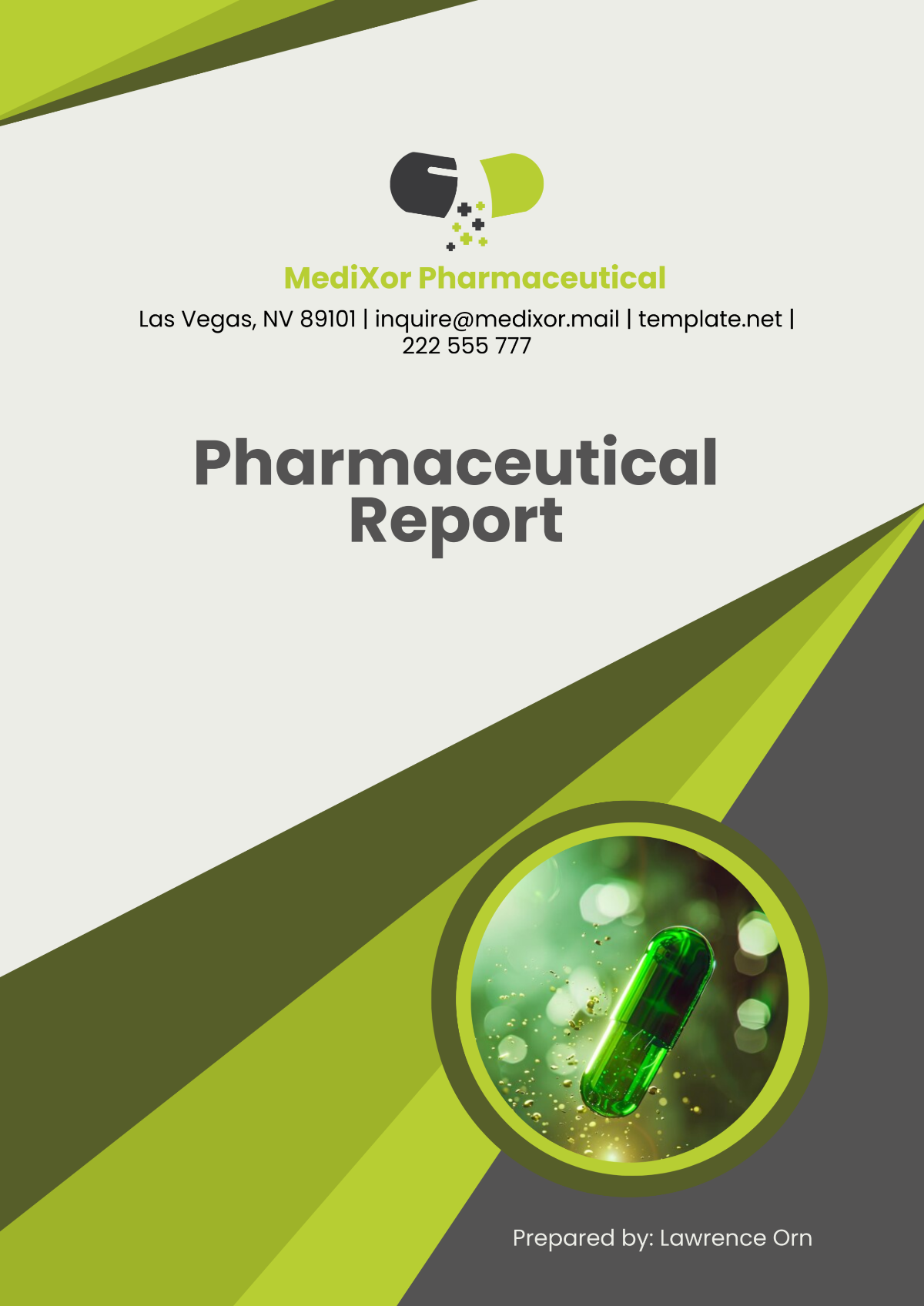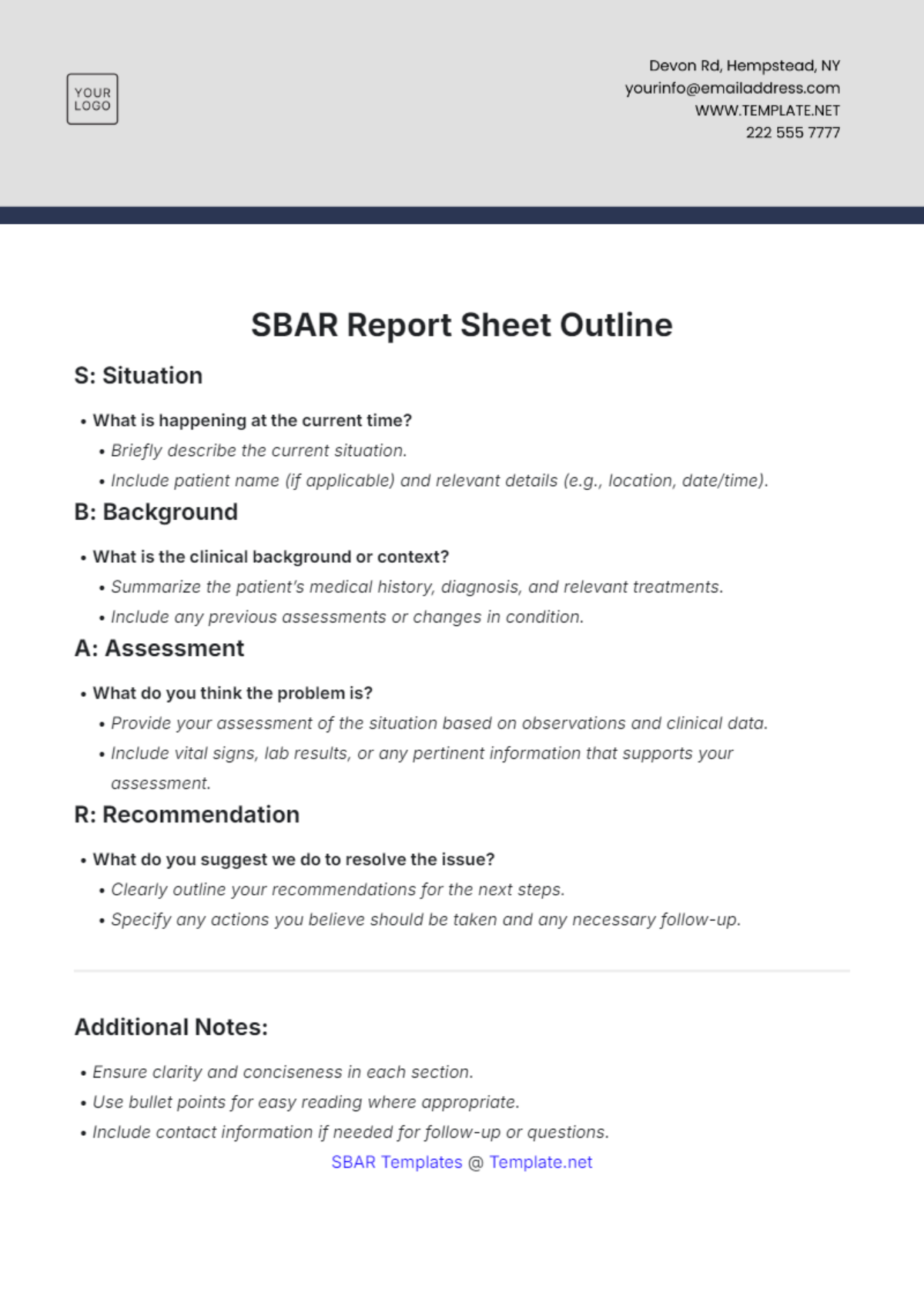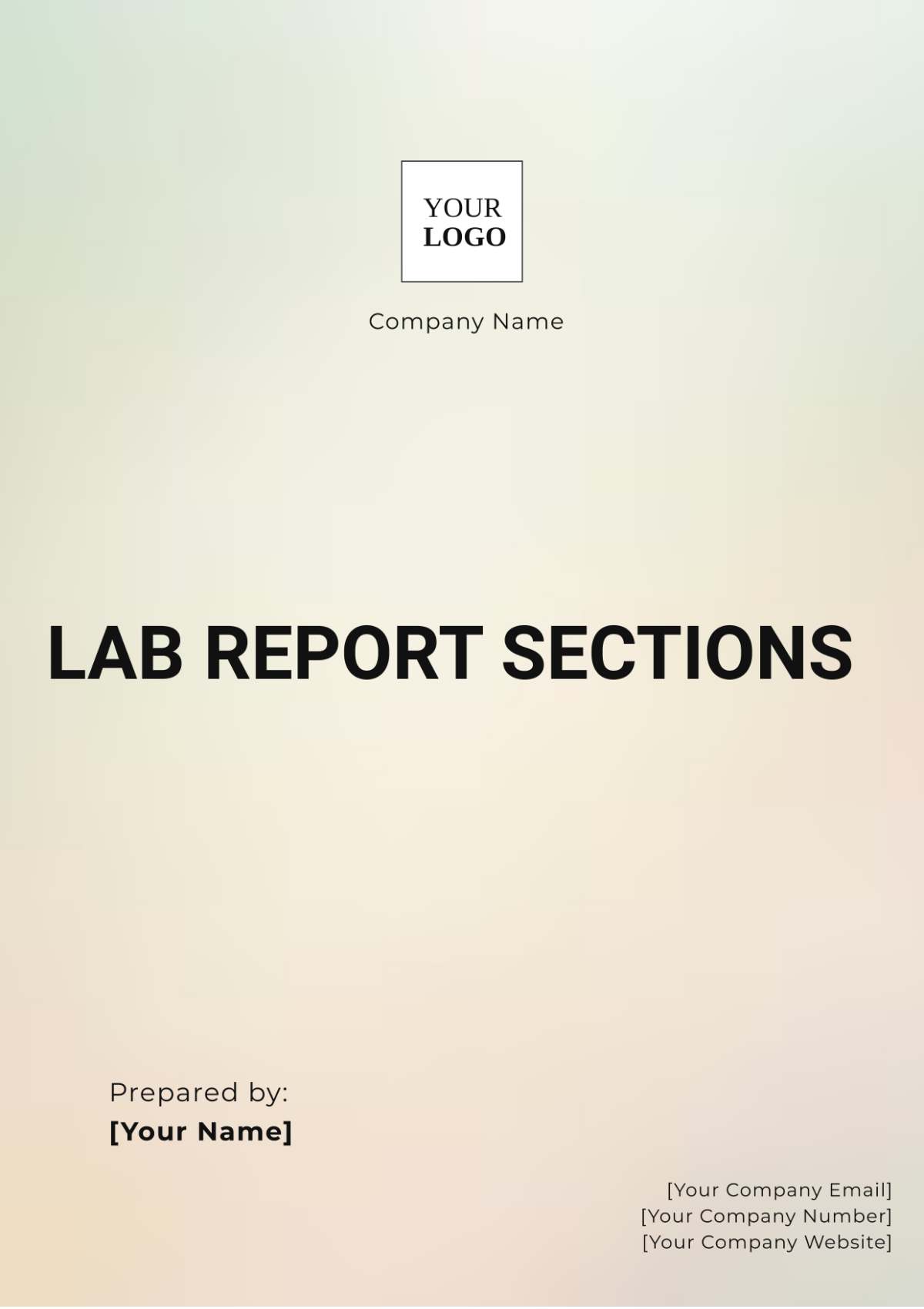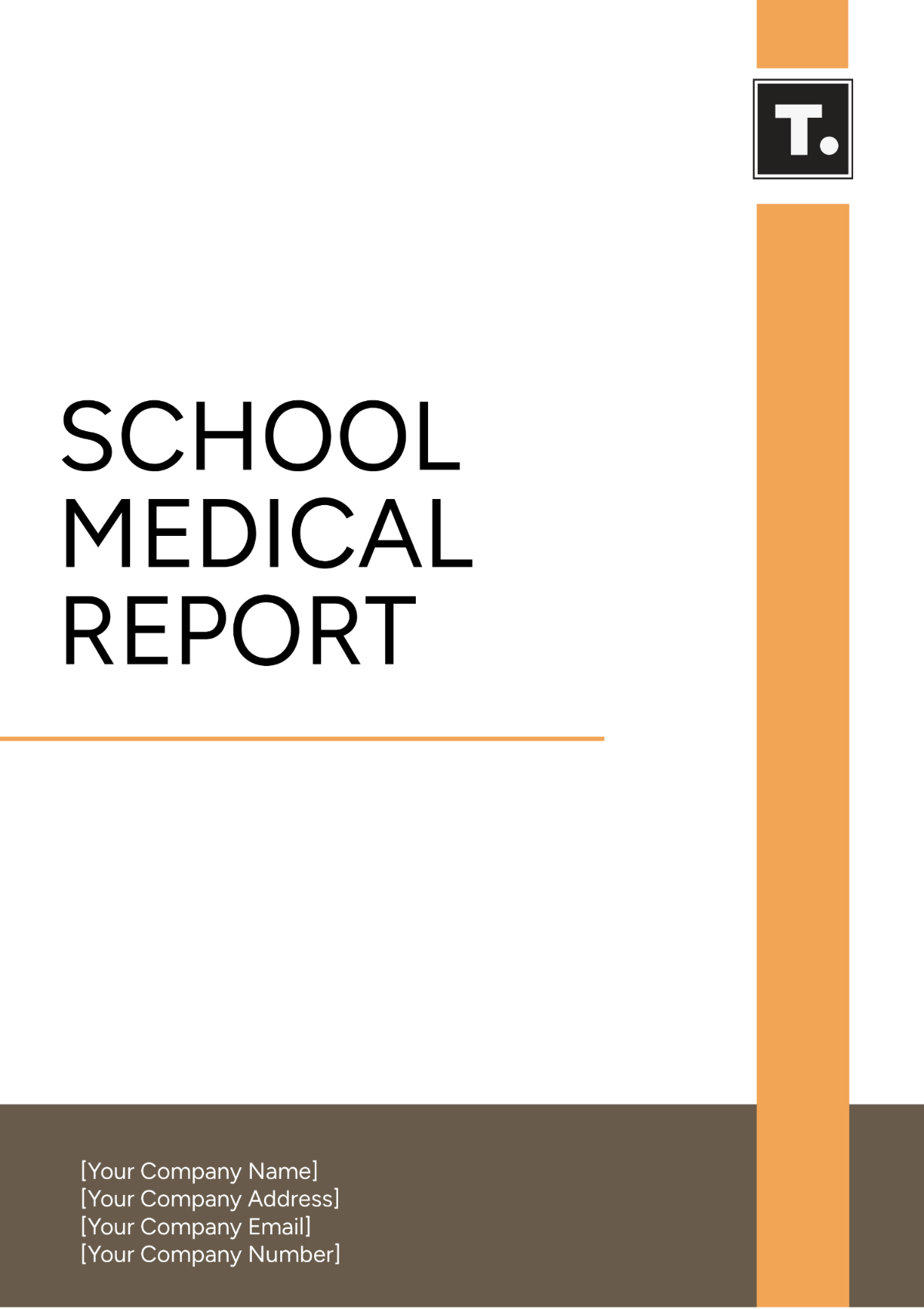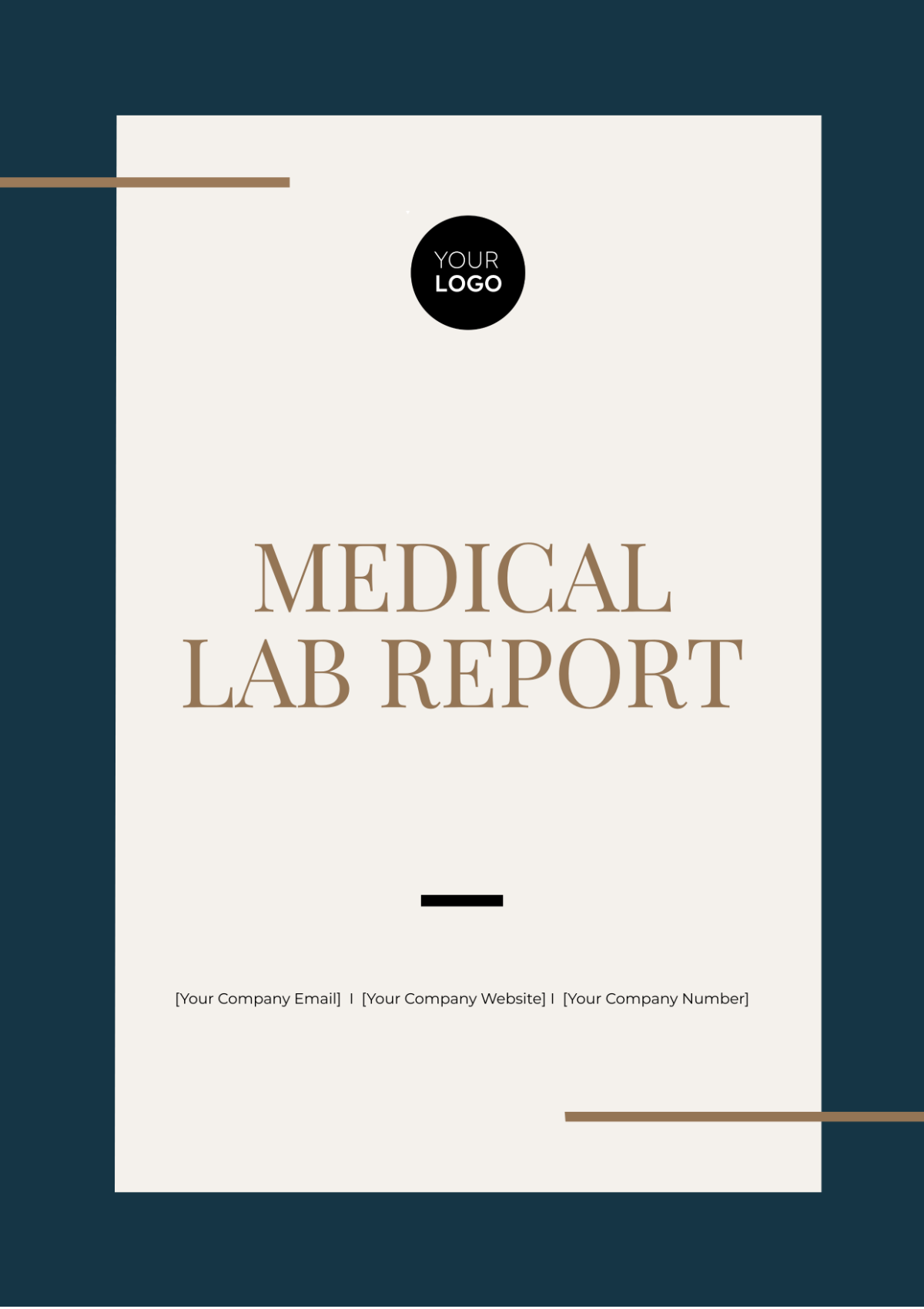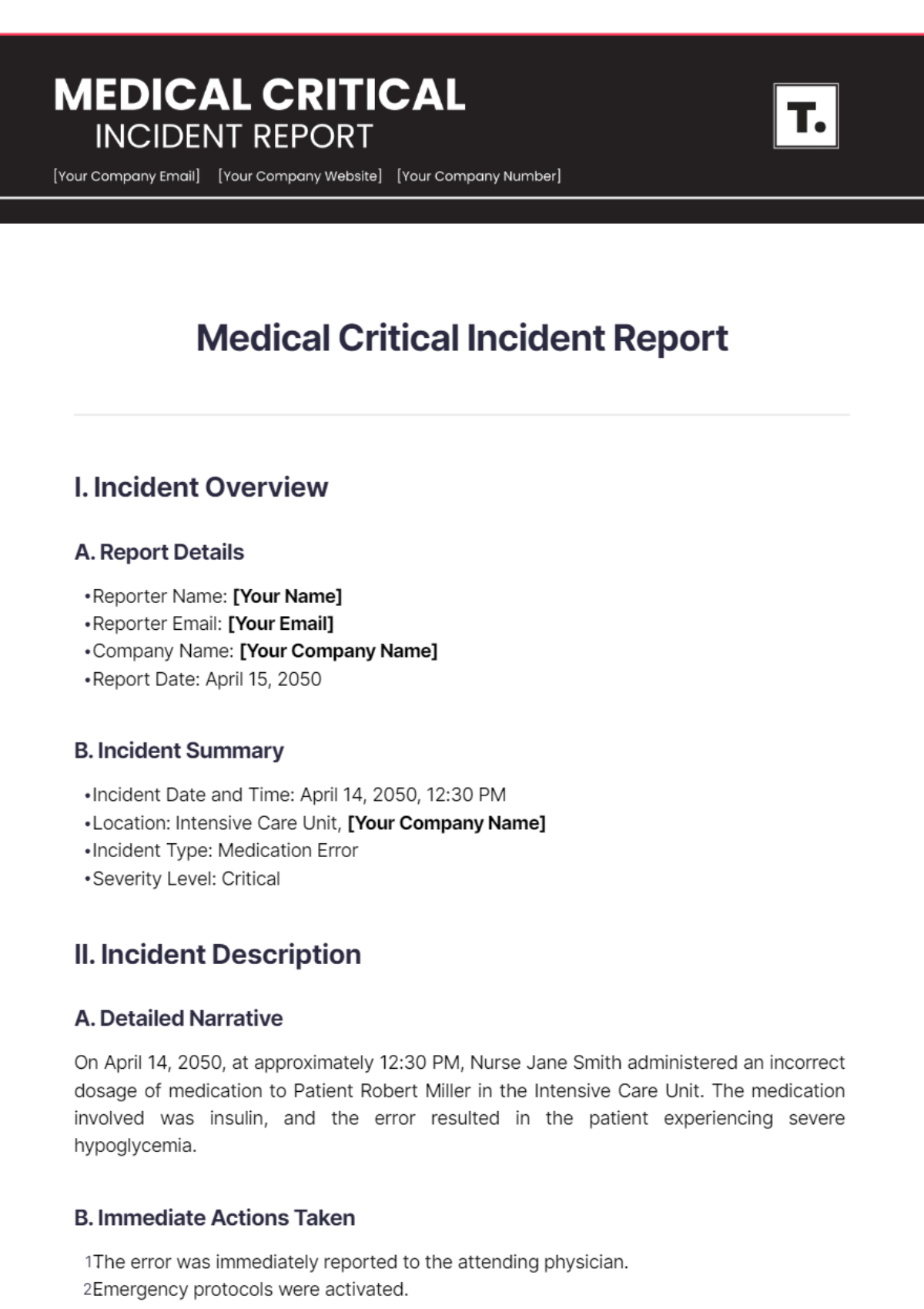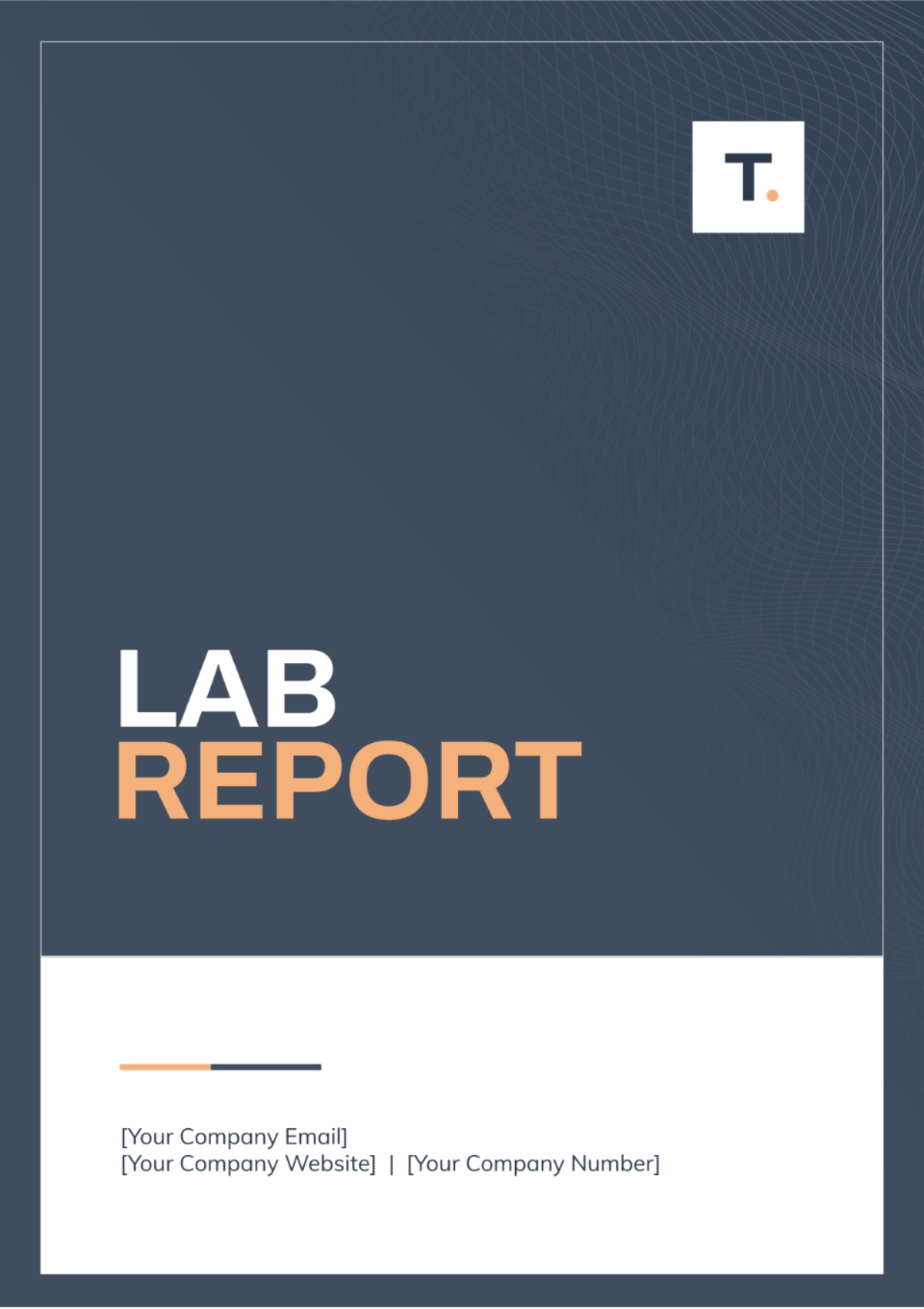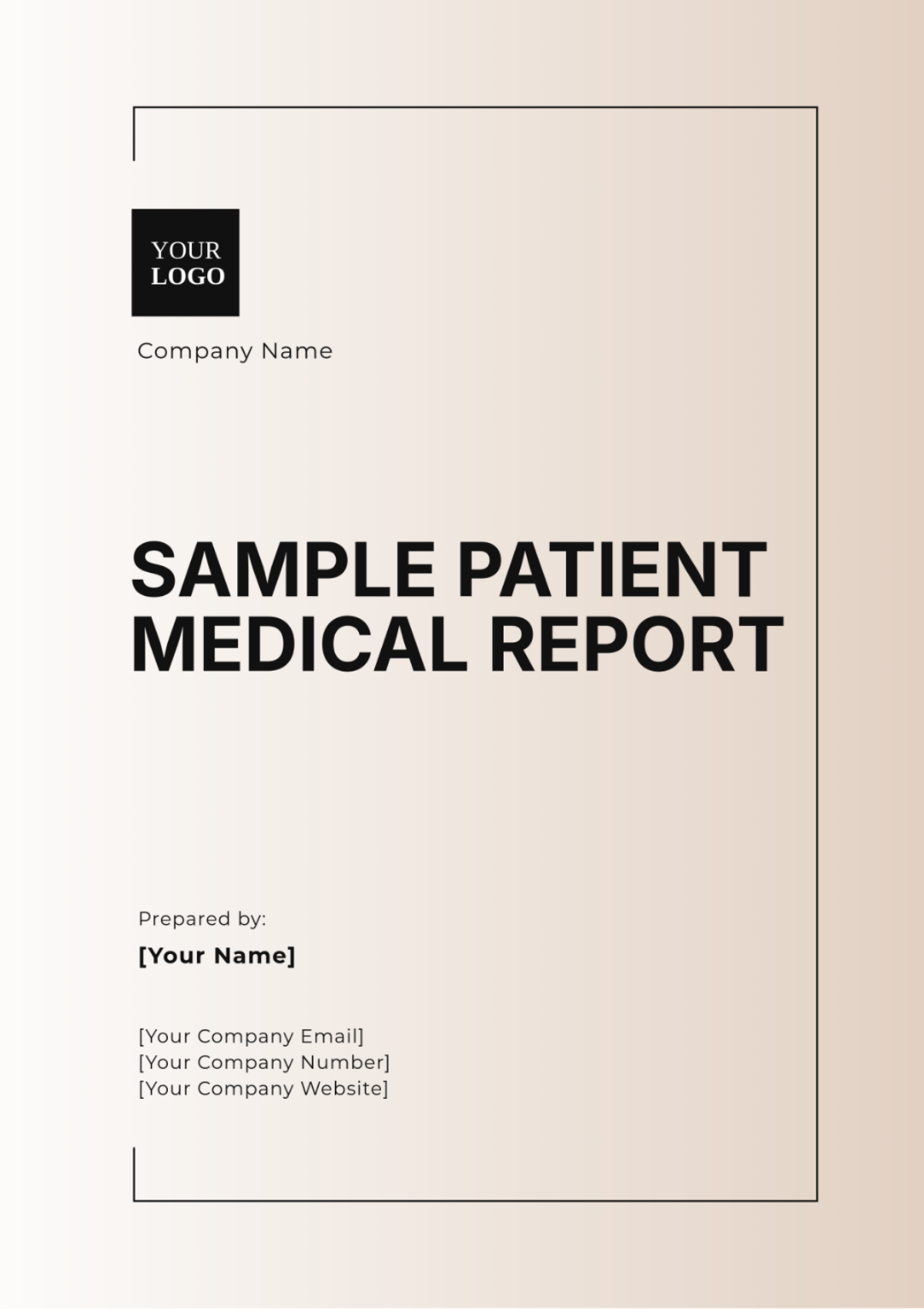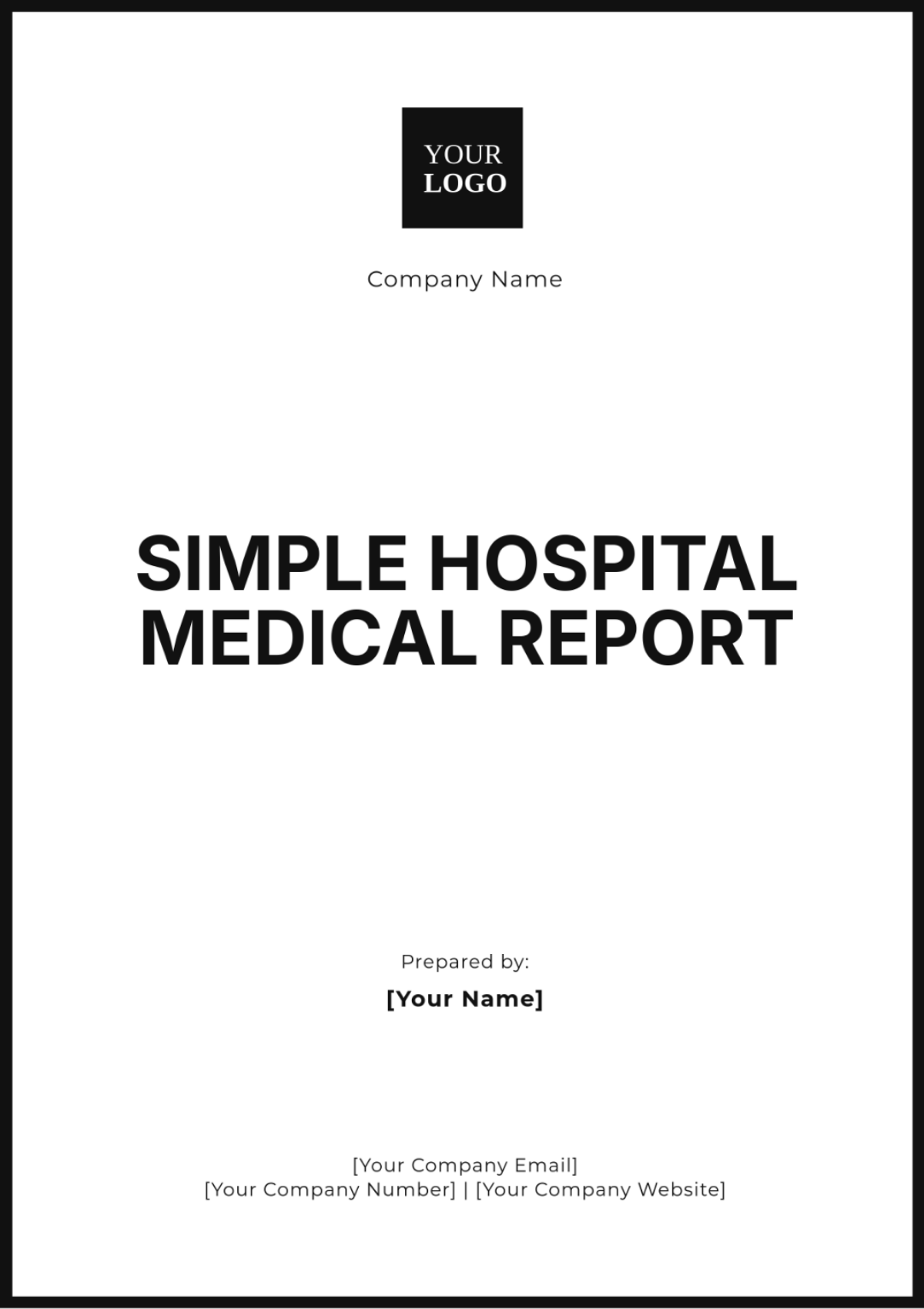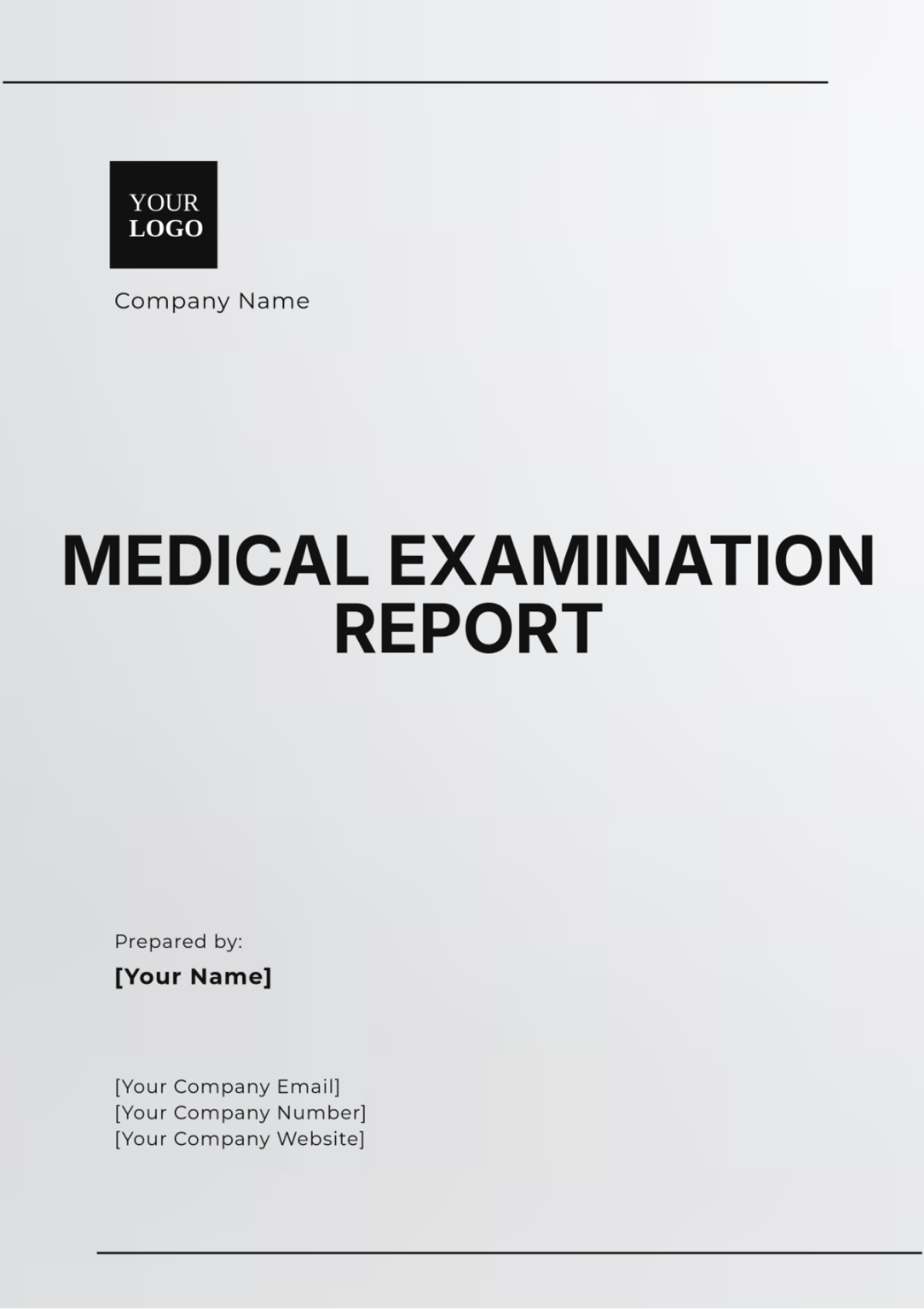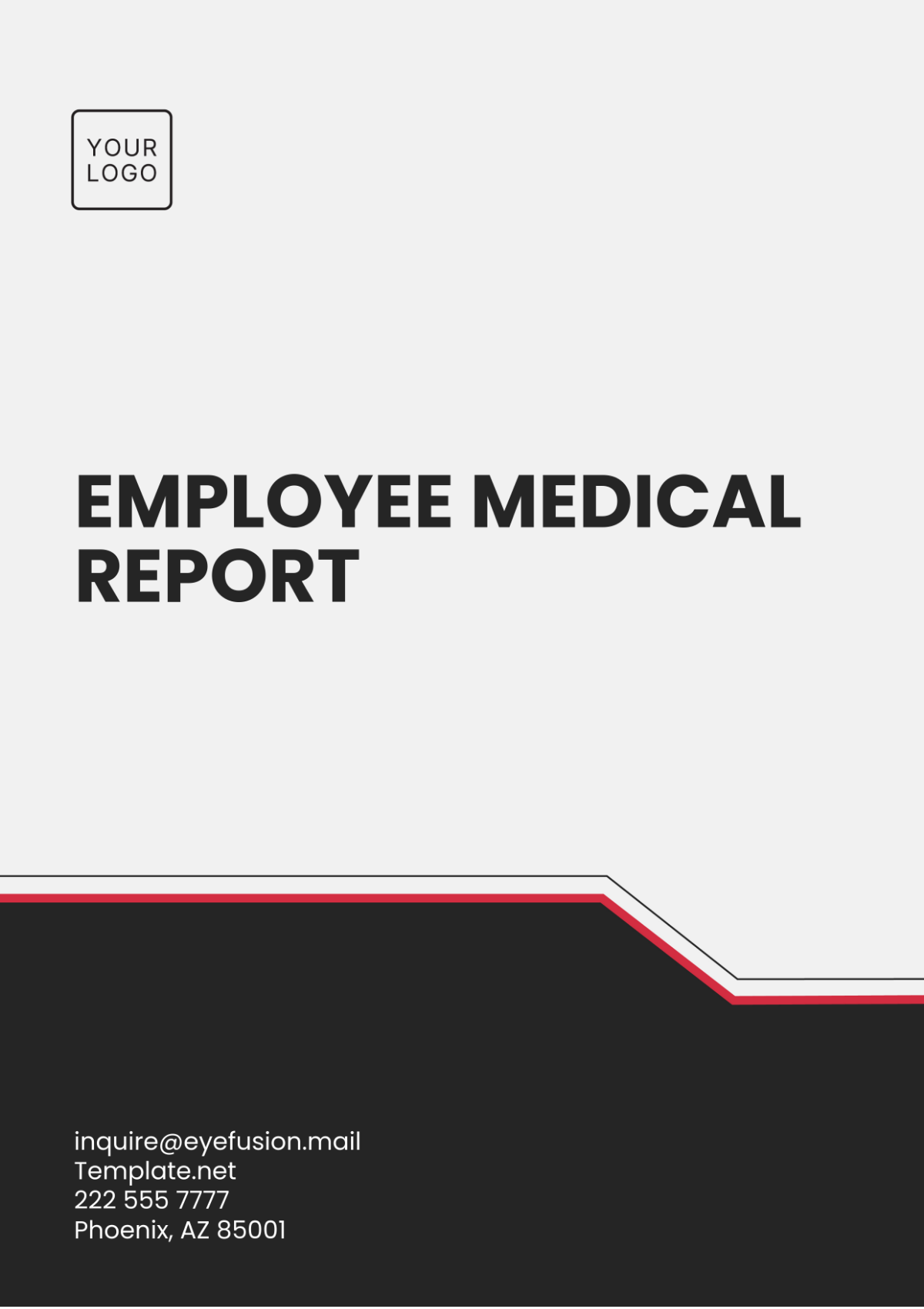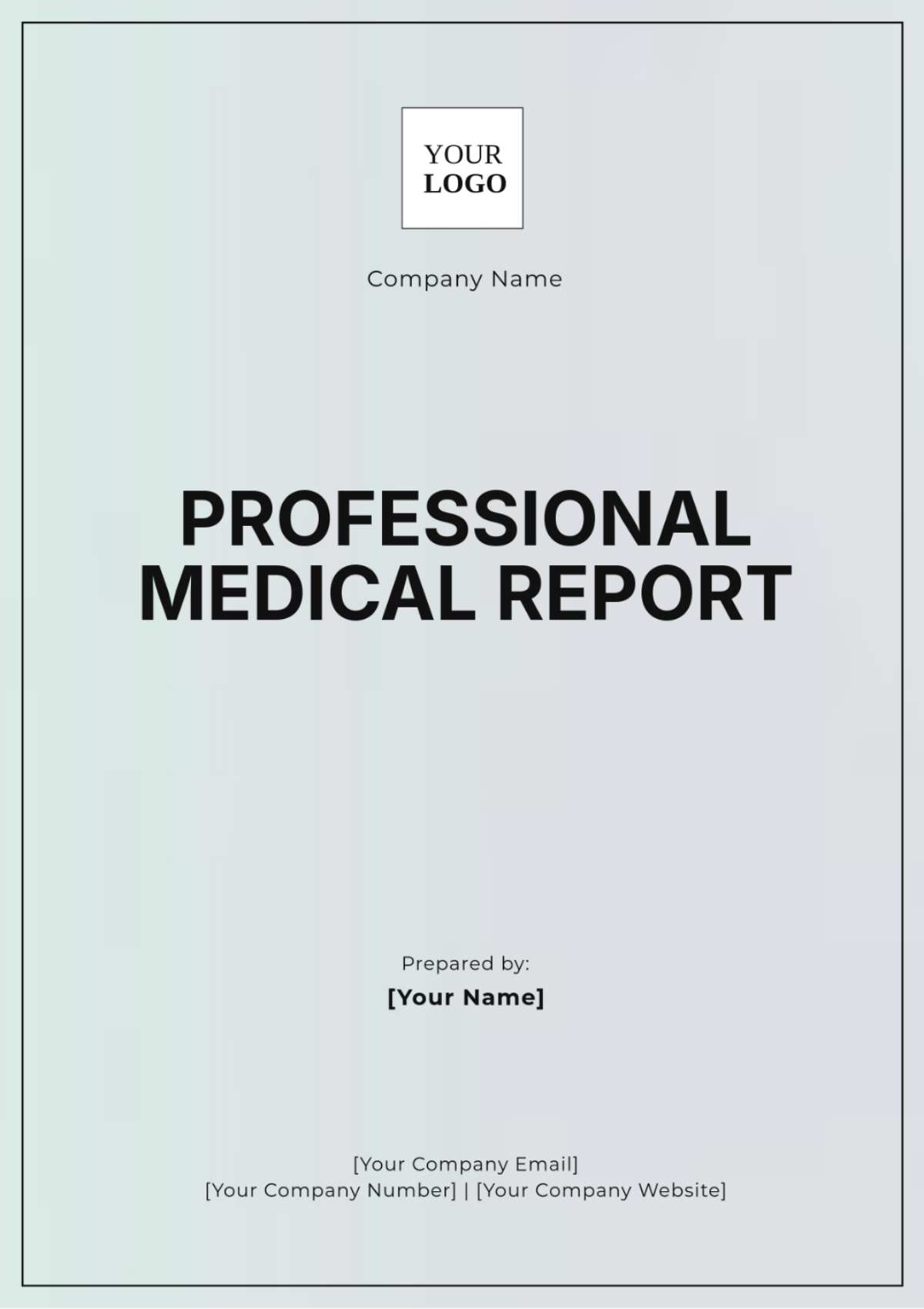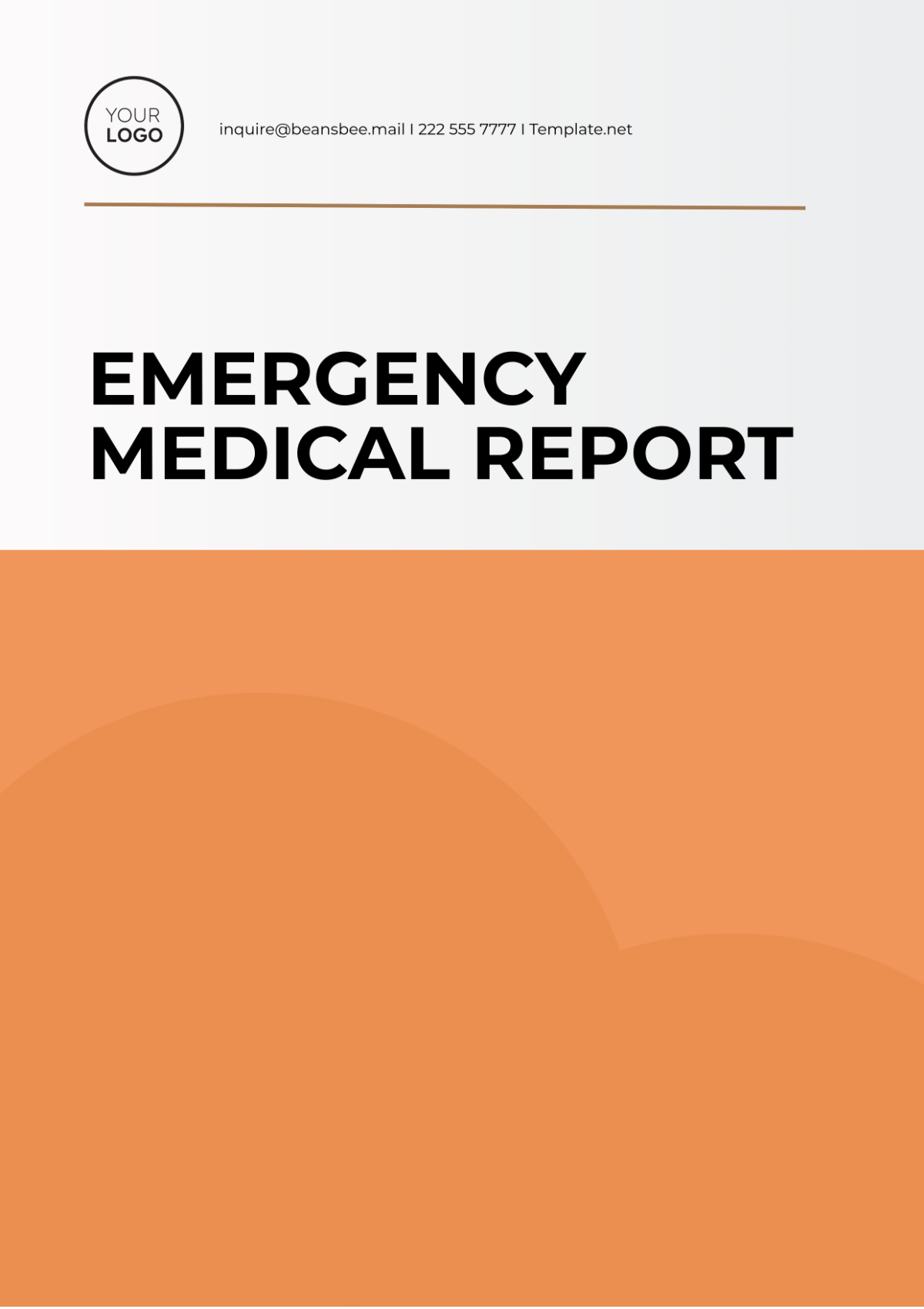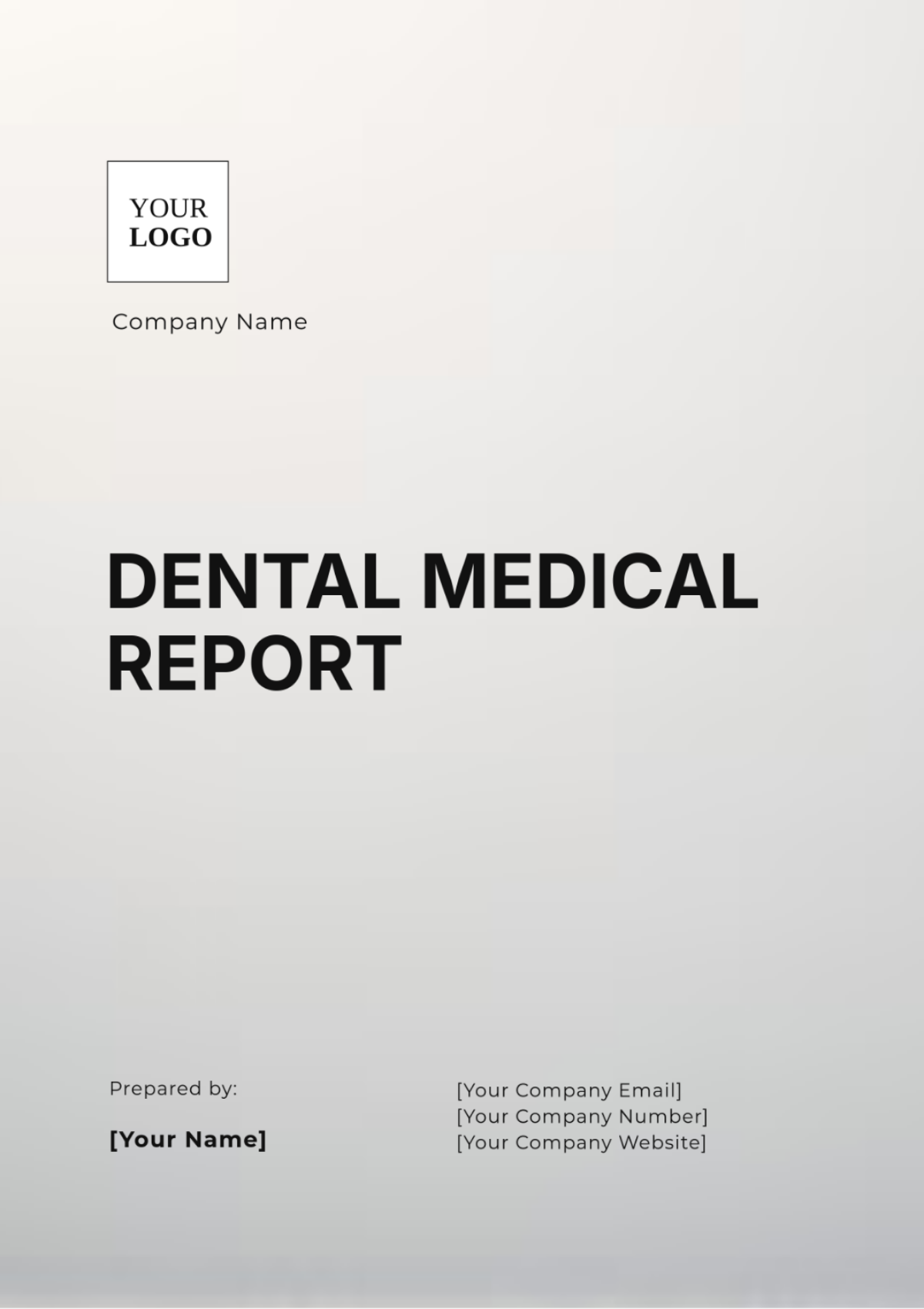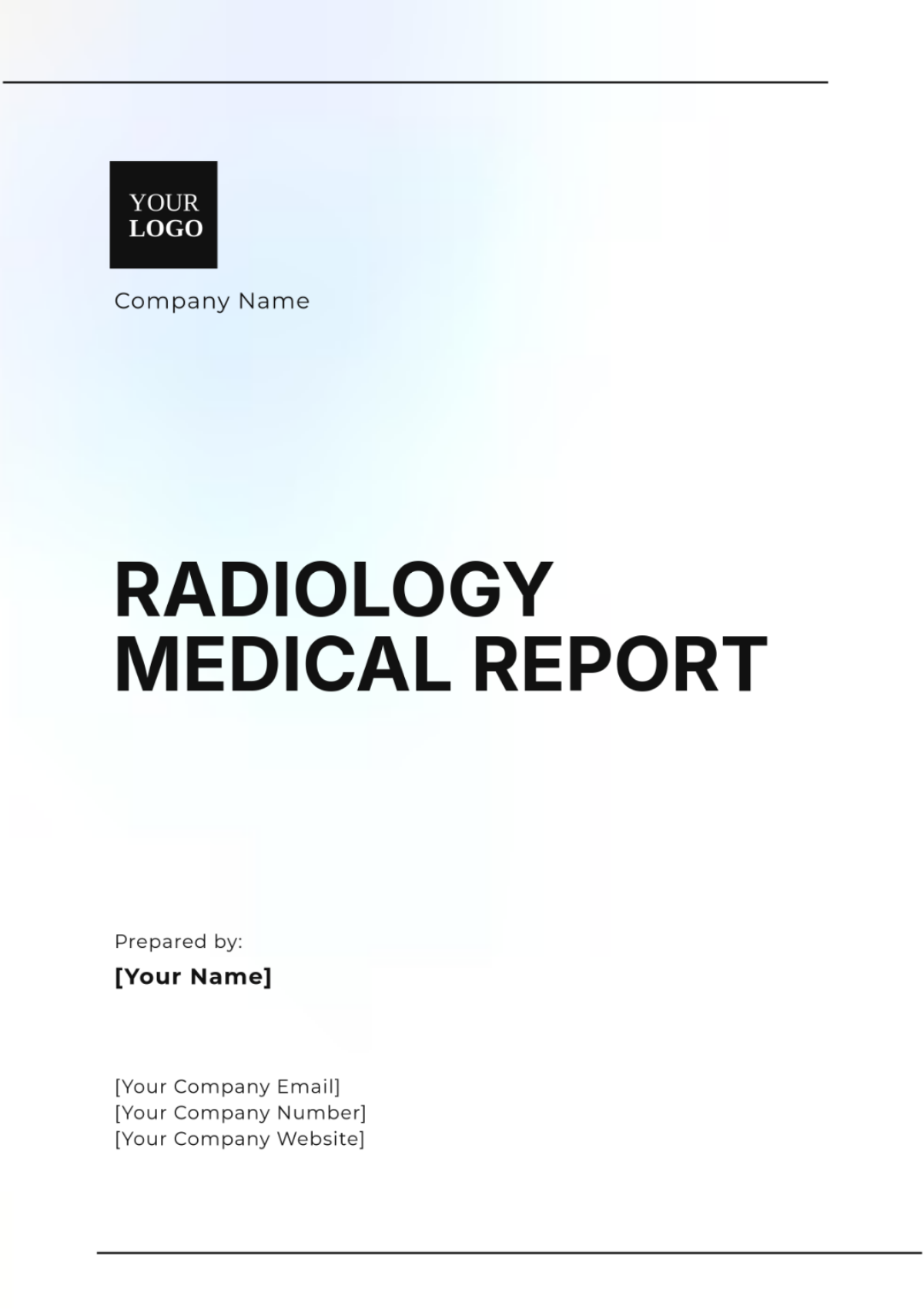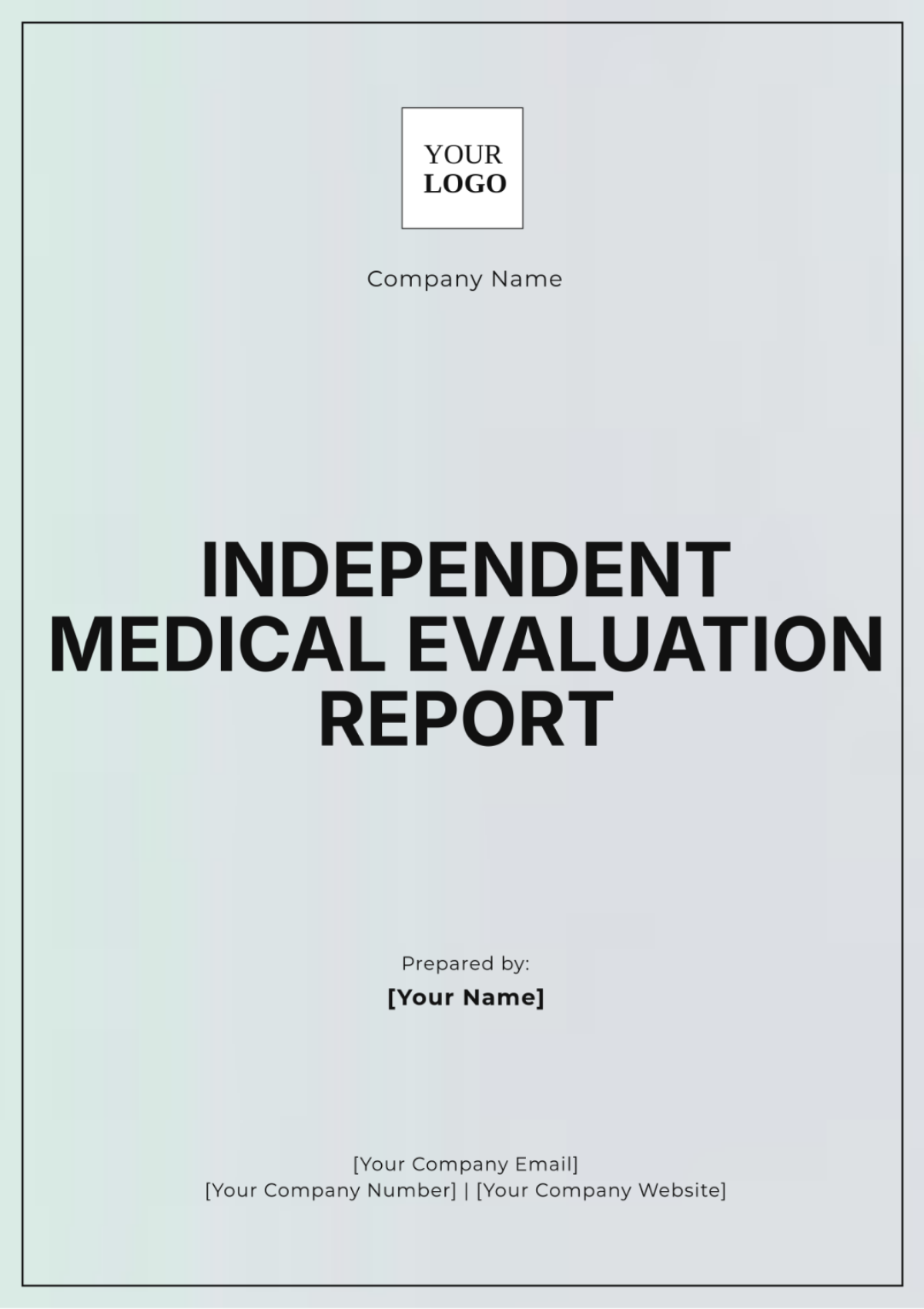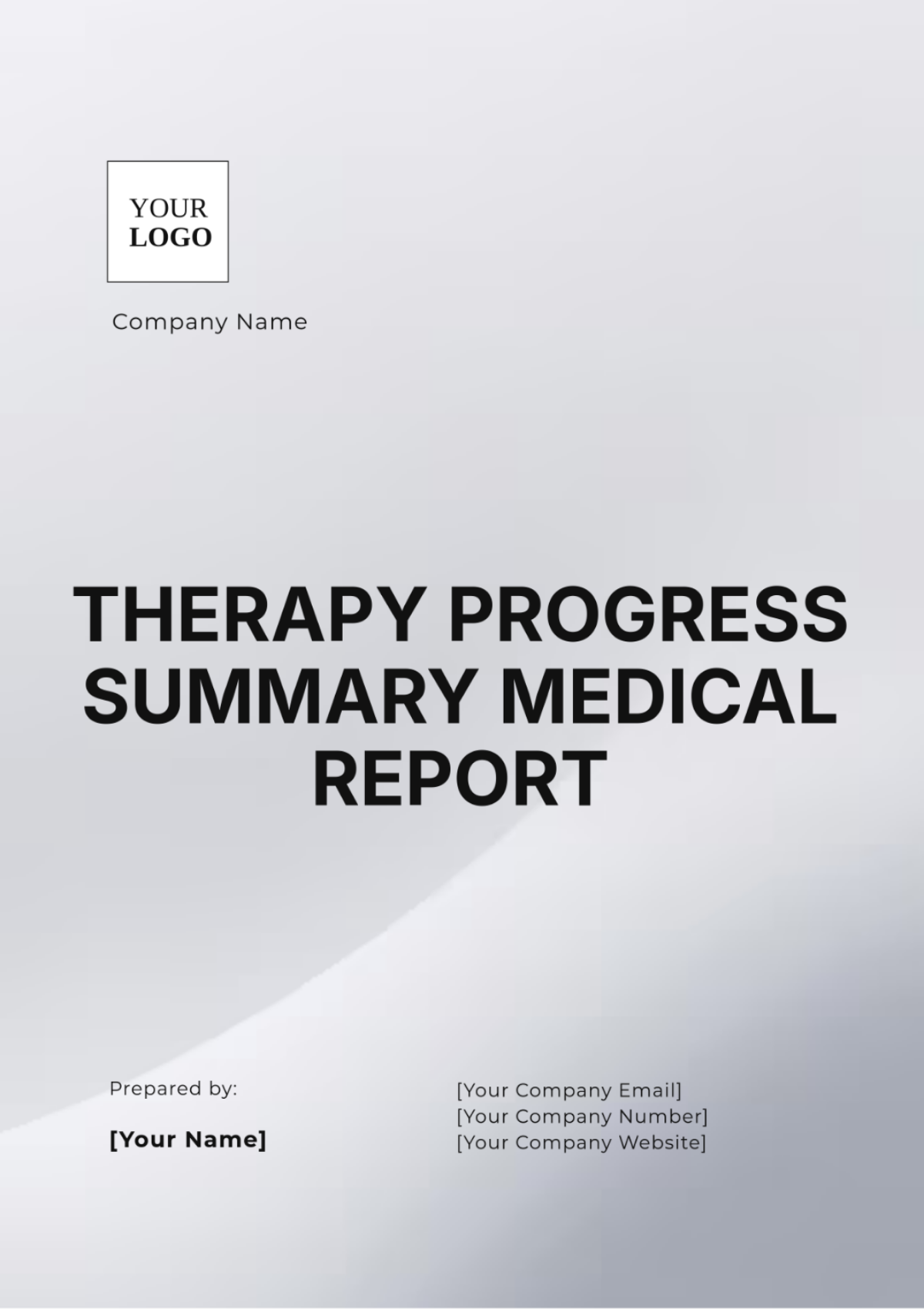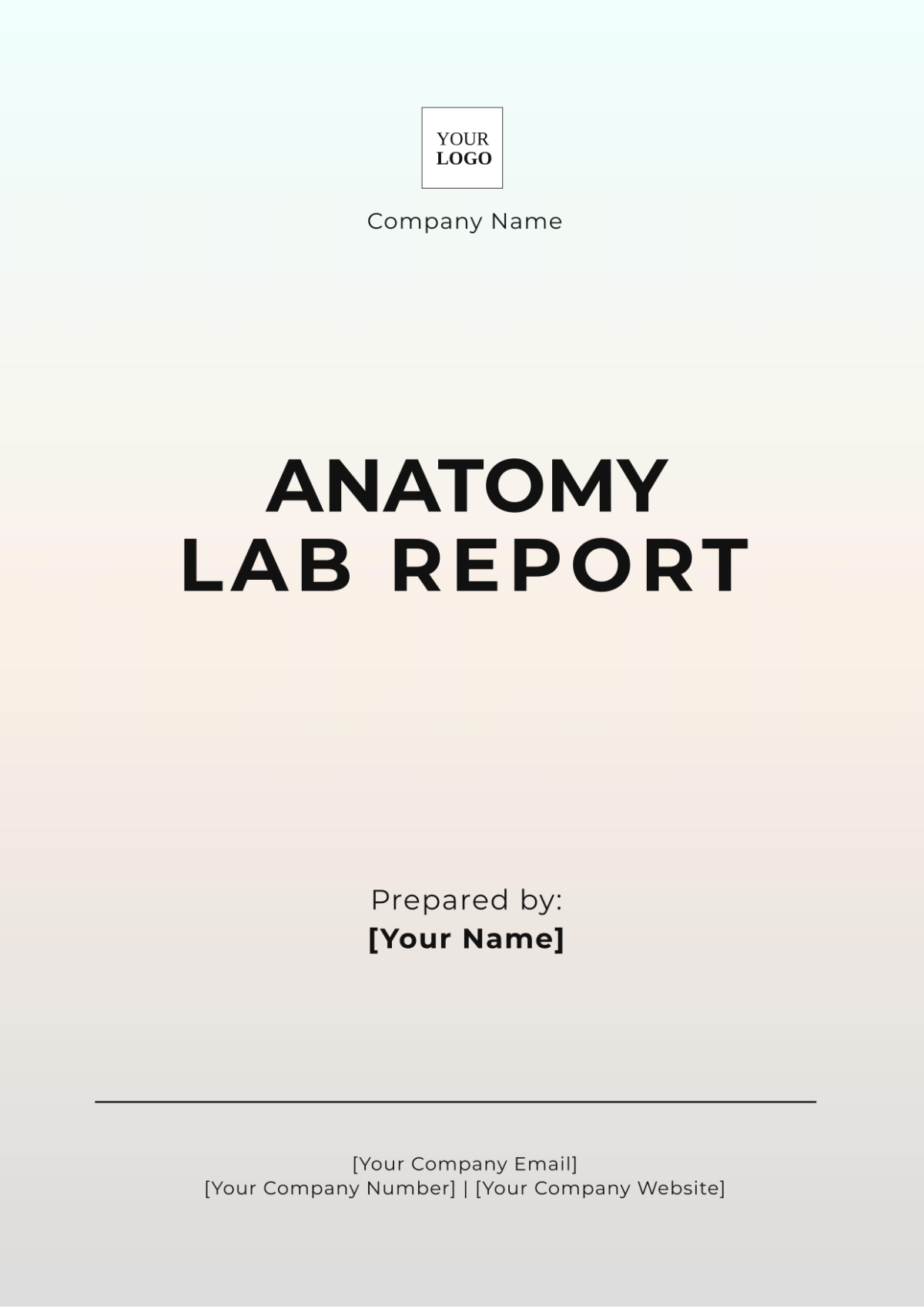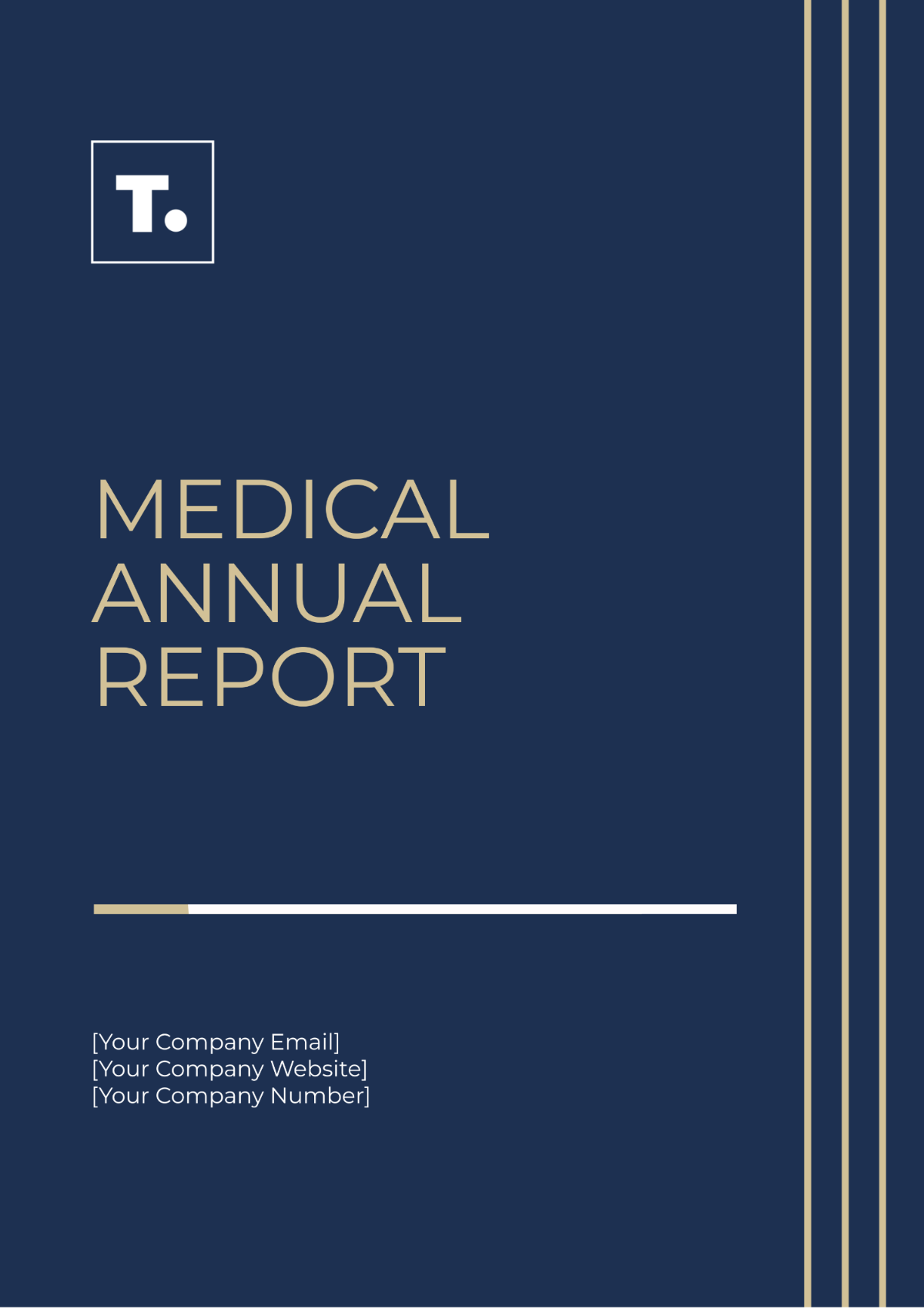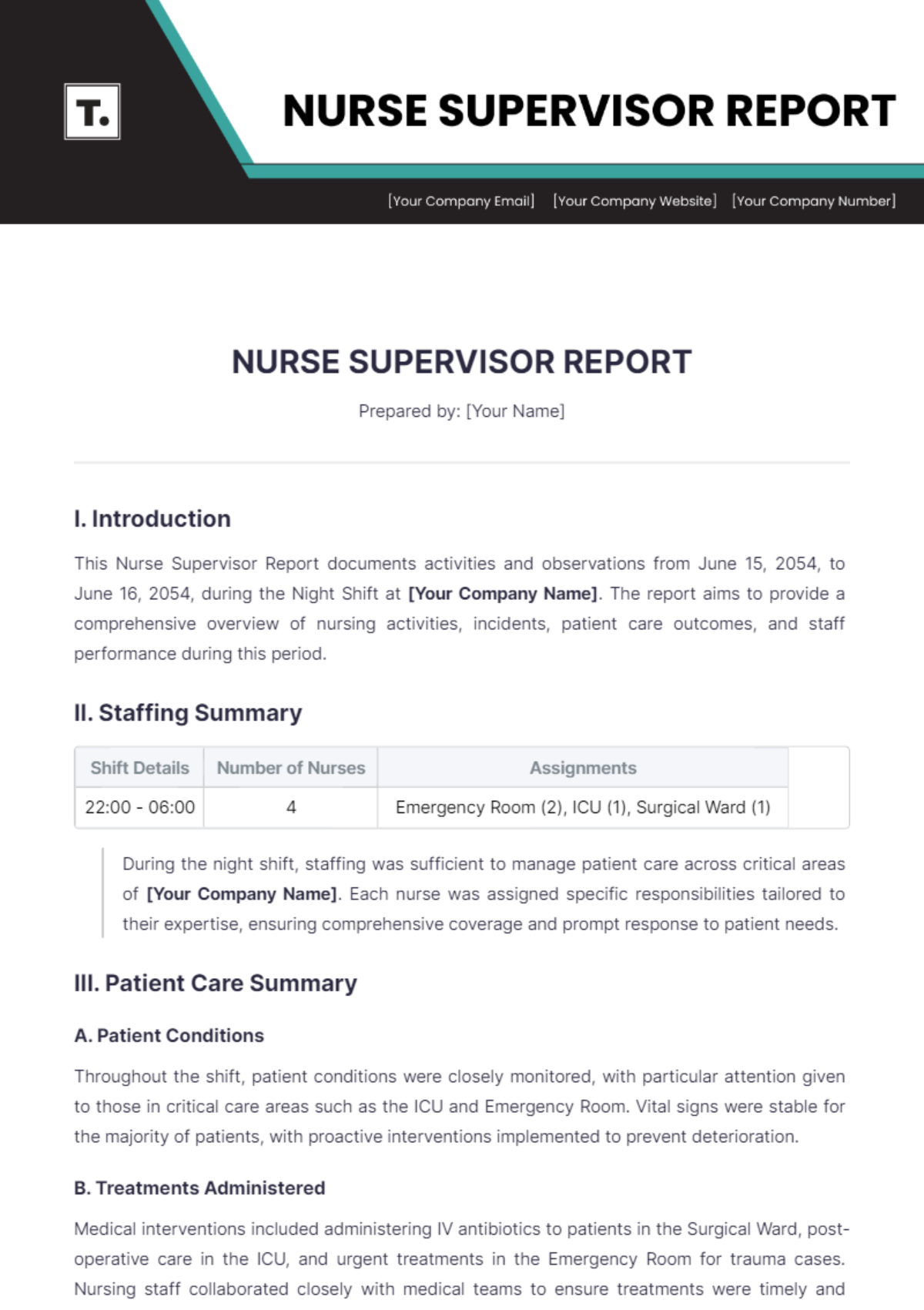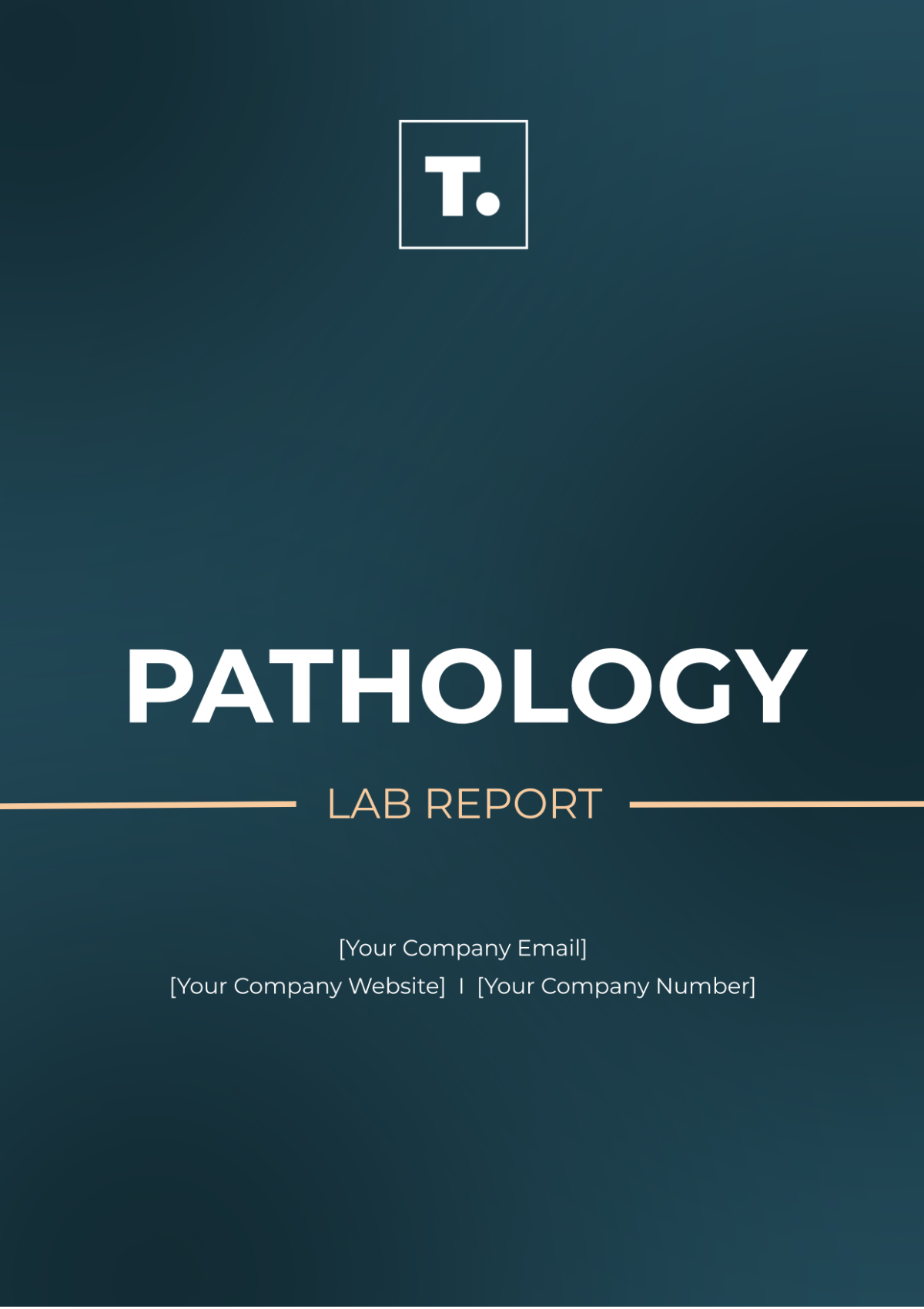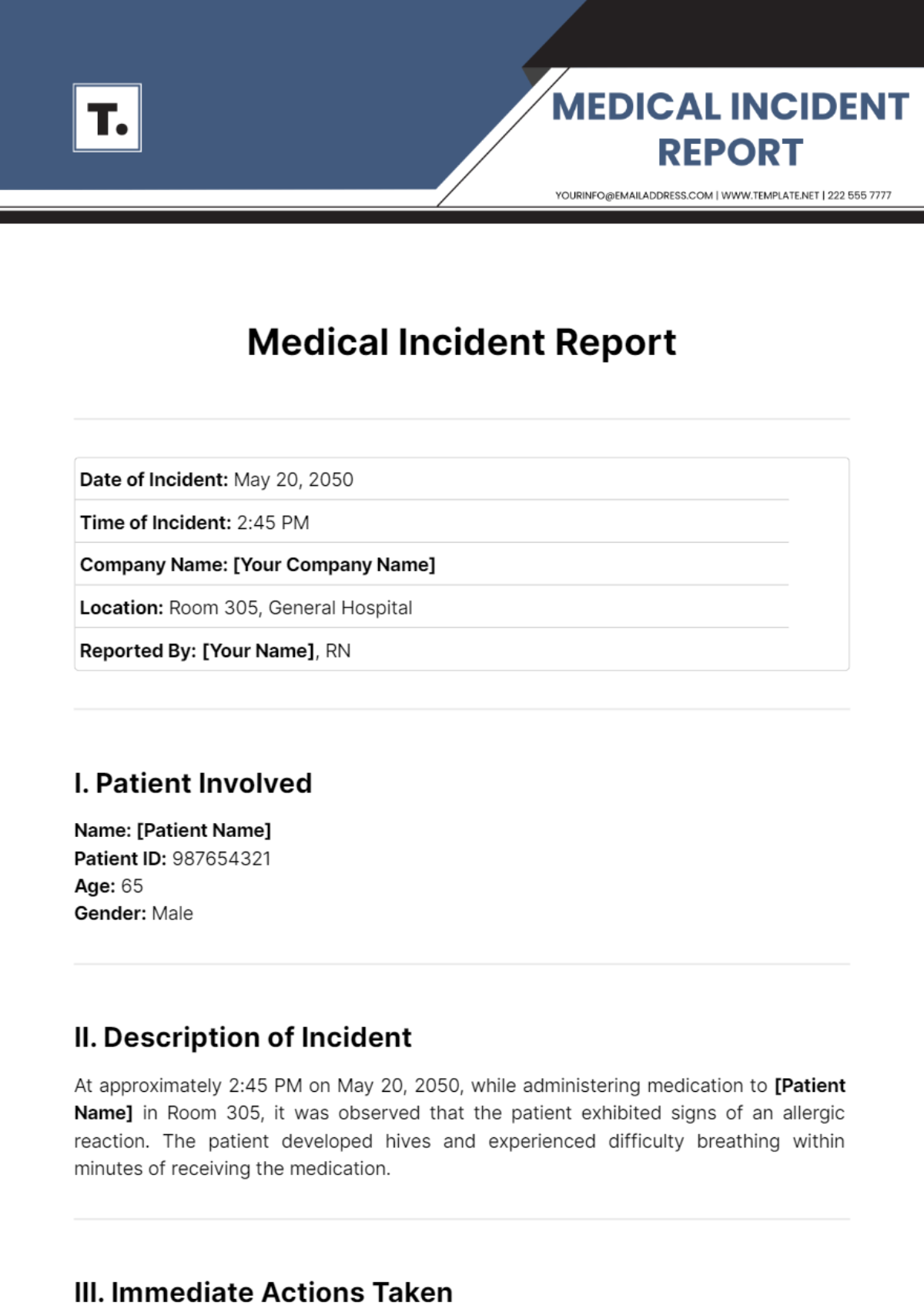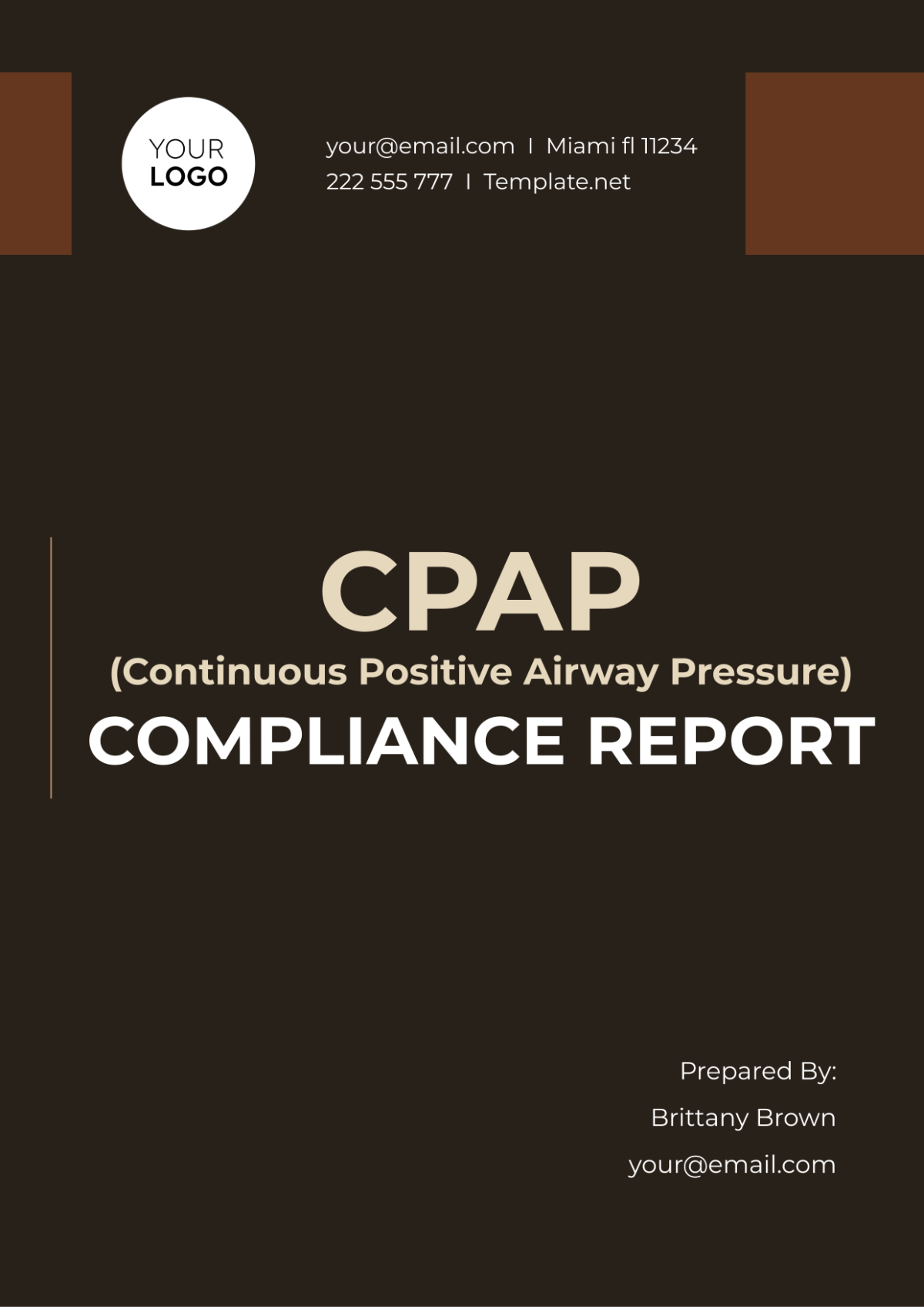Lab Report
Researcher: [Your Name]
Email: [Your Email]
Organization: [Your Company Name]
Date: January 1, 2050
I. Abstract
This lab report examines the outcomes and methodologies of our recent experiment conducted under the auspices of [Your Company Name]. The objective was to investigate the behavior of chemical reactions in controlled environments to enhance efficiency in industrial processes. This study was executed on December 1, 2050, according to established protocols.
II. Introduction
The purpose of this research is to understand how variable adjustments influence chemical reaction rates. This knowledge is vital for improving the quality and yield in industrial chemical production. This report elaborates on the experimental setup, the procedure followed, and the results obtained.
III. Materials and Methods
A. Materials
Sample Chemicals: A, B, C
Laboratory Equipment: Beakers, Bunsen Burners, Measuring Cylinders
Safety Gear: Gloves, Goggles, Lab Coats
B. Methods
Prepared solutions of chemicals A, B, and C in measured quantities.
Maintained controlled environment conditions: temperature at 25°C and pressure at 1 atm.
Monitored reactions using spectrophotometers and recorded data at every 5-minute interval for a duration of 1 hour.
IV. Results
The following table encapsulates the primary data collected during the experiments:
Time (minutes) | Reaction Rate (Chemical A) | Reaction Rate (Chemical B) | Reaction Rate (Chemical C) |
|---|---|---|---|
5 | 0.5 | 0.4 | 0.3 |
10 | 0.7 | 0.6 | 0.5 |
15 | 1.0 | 0.9 | 0.8 |
V. Discussion
The data indicates that the reaction rates of Chemicals A, B, and C increase consistently over time. Chemical A demonstrated the highest reaction rate, suggesting it is the most reactive under the conditions tested. The controlled environment played a significant role in ensuring the reliability of results.
Further experiments could explore various temperature and pressure conditions to optimize reaction rates for industrial applications.
VI. Conclusion
The experiment successfully demonstrated the differential reaction rates of various chemicals under controlled conditions. These findings are valuable for industrial processes aiming for higher efficiency and output. Future studies will delve into diverse environmental variables to further optimize these reactions.
VII. References
John Doe, "Chemical Reactions in Controlled Environments", Journal of Industrial Chemistry, 2048.
Jane Smith, "Advanced Methods in Chemistry", Advanced Chemistry Publishing, 2049.
[Your Company Name]
[Your Company Number]
[Your Company Address]
[Your Company Email]
[Your Company Website]
[Your Company Social Media]
